Join The Ride
Subscribe to our newsletter with stories from our latest adventures and the travel tips or ask for quota.
Sightseeing and Outdoor adventure in Greece. This is one of the most popular tourist destinations in the world for sightseeing. With over sixty inhabited islands, historic sites that span four millennia, idyllic beaches and towering mountain ranges there is a wide variety of tourist attractions in Greece to explore.
If you’re beginning your journey in Peloponnese from Athens (the most convenient airport), your first stop will be the Corinth Canal. The canal has been dividing Greece’s Central regions from Peloponnese since 1893, so you’ll have to cross it if you want to get there. Before the canal was built, a detour of 400 kilometres was required to travel from the Ionian Sea to the Aegean Sea and the Saronic Gulf by water. The ancient technologies were not sufficient to accomplish this in the late 7th century B.C. Therefore, the boats were pulled along a paved road. Alexander the Great, Nero, and thousands of slaves have attempted to construct the Corinth Canal over the centuries, but it was not until 1893 that it was complete. The Suez Canal’s success inspired the Corinth Canal’s creation. Around 11,000 boats cross the 6-kilometre-long canal (with 80-metre-high cliffs) in Corinth each year. Most of the boats are small tourist vessels or cruise ships. Because the canal is only 24.6 metres wide, it is a challenge to navigate.
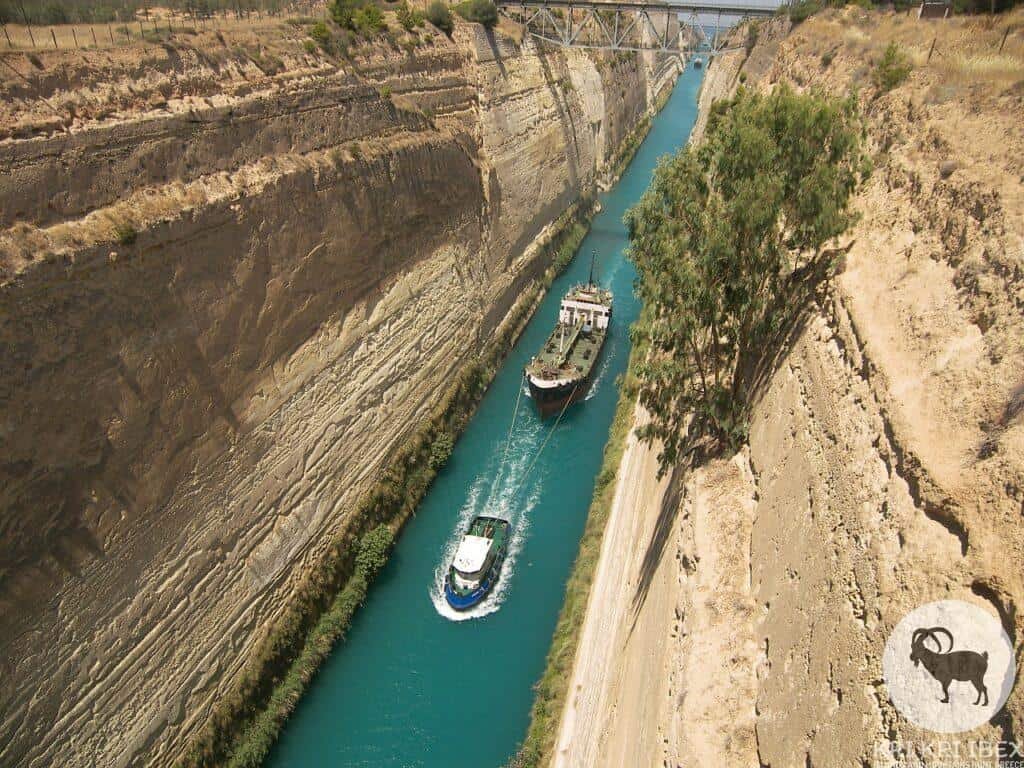
During the first century AD, the Roman emperor Nero (37-68 AD) proposed cutting a canal across the isthmus in order to permit ships to sail from Italy into the Aegean without having to circumnavigate the Peloponnese. He personally performed the initial symbolic dig in person, using a silver shovel, but the job was never finished. Rather than risk losing their cargoes on the stormy circuit around the Peloponnese, ships continued to sail up the Gulf of Corinth, unload their goods, and have them transported across the isthmus (6 km) to a ship awaiting on the far side.
The site of Ancient Corinth is situated south of the main thoroughfare in the modern town. Regular buses connect modern Corinth with the site. The Temple of Apollo, a huge Doric column structure from the 5th century BC, dominates the well-preserved ruins as you walk around them. The Romans left when they remodeled the city into a provincial capital in 44BC and constructed this structure. A small village has grown up around the site, and you may stay or dine at one of the local establishments. It was once home to over 300,000 individuals, including 460,000 slaves, for a total population larger than those of Denver, Boston, or Washington DC today. A spring at the site still supplies the water for the modern city of Corinth, which was a present from the Athenian Herodes Atticus, a wealthy Roman patron and friend. The archaeological museum displays the remains found there. The second-century AD mosaics in the museum are a good indication of the city’s wealth at the time. Domestic vases, pottery, and jewellery, as well as lovely mosaics, are all a more human scale in the collection.
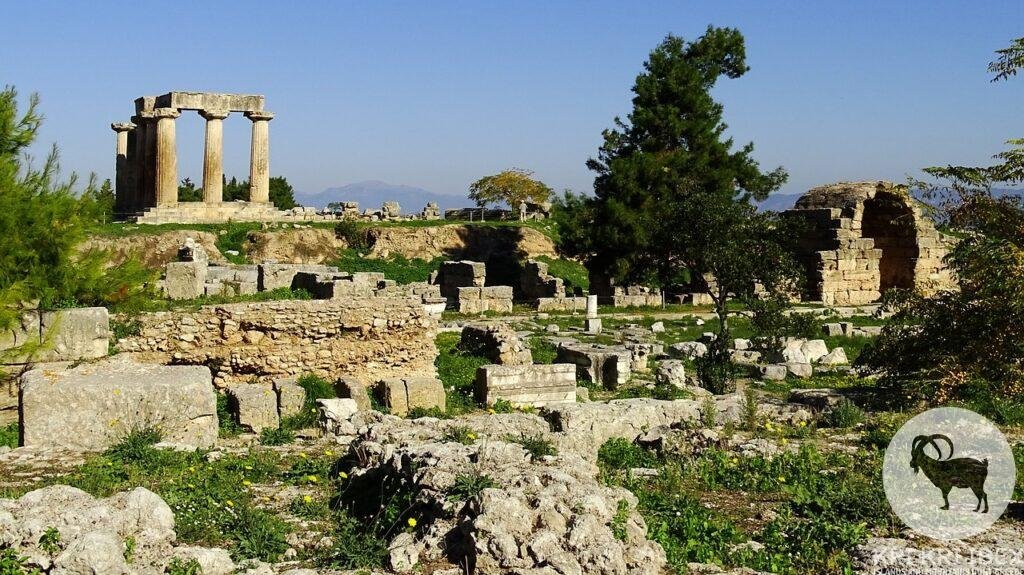
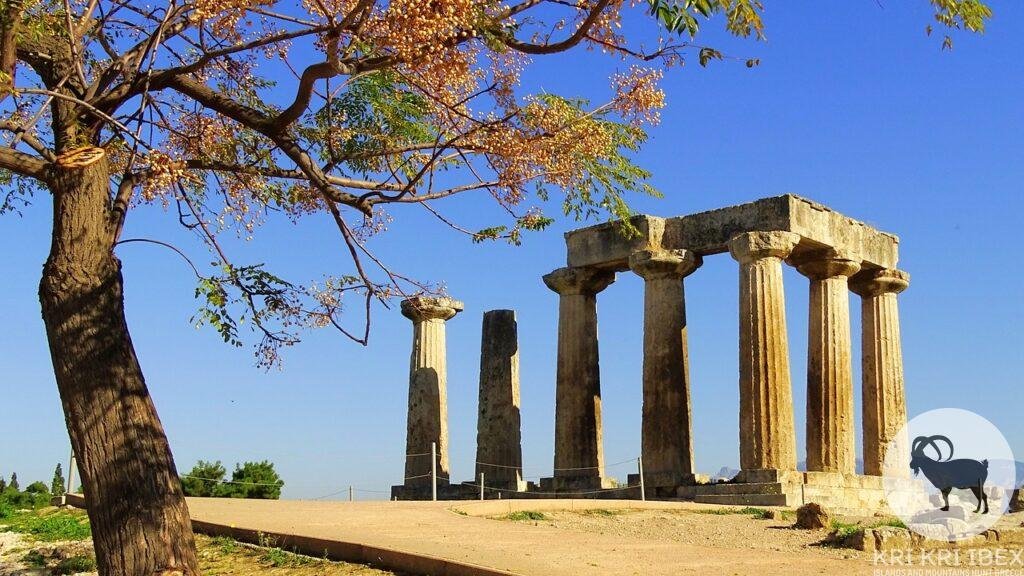
According to Hellenic myth, the city was founded by Corinth, a descendant of the god Helios (the Sun), while other myths suggest that it was founded by the goddess Ephyra, a daughter of the Titan Oceanus, thus the ancient name of the city (also Ephyra). There is evidence that the city was destroyed around 2000 BC. #3 Ancient Corinth was one of the largest and most important cities of Greece, with a population of 90,000 in 400 BC. After its total destruction in 146 BC, the Romans built a new city in its place in 44 BC and later made it the provincial capital of Greece. For Christians, Corinth is known from the two letters of Saint Paul in the New Testament, First Corinthians and Second Corinthians.
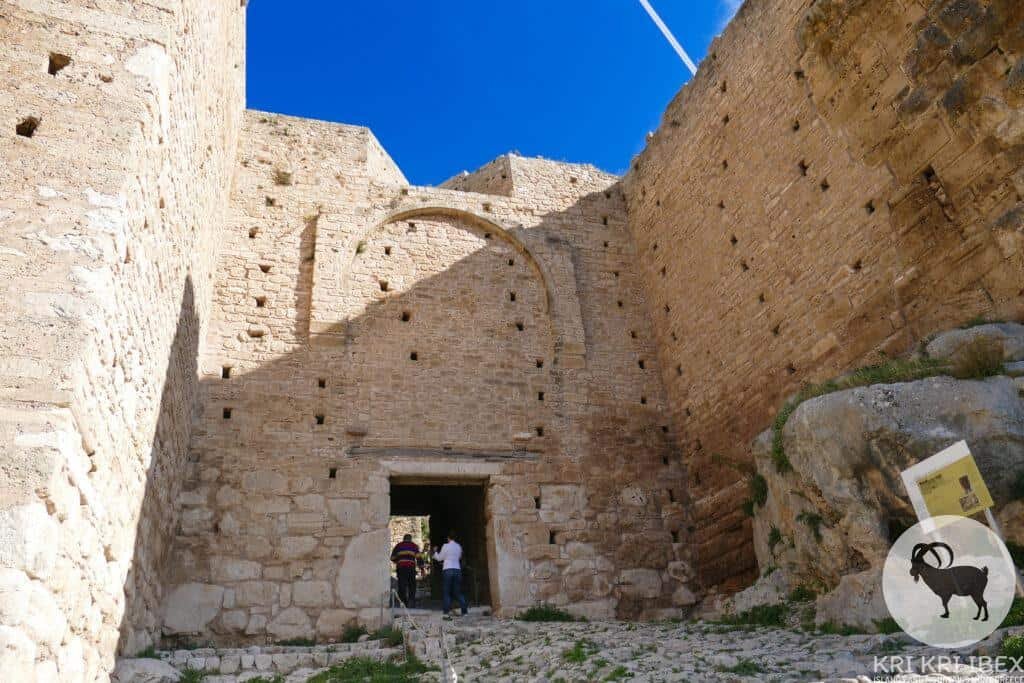
The city’s 2.5-mile-away (4-kilometer-away) Akrokorinthos, situated on the hilltop overlooking Lower Corinth, was Akrokorinthos. To get here, you can either drive or take a taxi from Corinth to Akrokorinthos, which has spectacular views and walls. You can either hike or bike to Akrokorinthos, which is the chief reason to visit. Its strategic importance and fortification by successive waves of invaders, such as the Venetians, the Franks, and the Turks, is evident when you see its position. The walls circle around 24-hectare Hatzi Mustafa Turkish Fountain and the still-working chapels, mosques, houses, and fortifications.
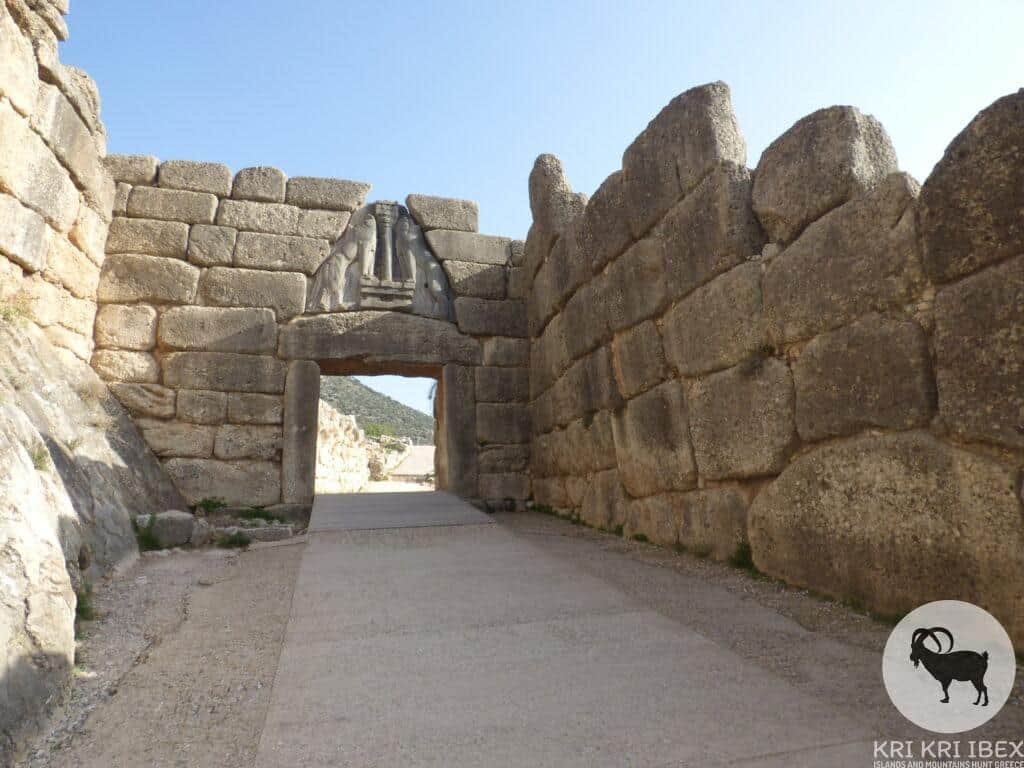

Without doubt, Mycenae (or Mykinai) is the most important historical site on the Peloponnese. Mycenae was continuously inhabited since the Early Neolithic era. Mycenae was a major centre of Greek civilization and military power in southern Greece in the second millennium BC. The Mycenaean period of Greek history began around 1600 BC and ended around 1100 BC. Mycenae was a citadel and lower town that boasted a population of 30,000 and an area of 32 hectares in 1350 BC. The lintels and gate jambs of the citadel’s wall weighed more than 20 tons, and some may have weighed as much as 100 tons. Mycenae’s power was diminishing by 1200 BC, and by the 12th century BC Mycenaean dominance had almost vanished.
In legend, the two brothers Agamemnon and Menelaus became kings of Mycenae and Sparta. The old king Tyndareus of Sparta, had two ill-starred daughters, Helen and Clytemnestra, whom Menelaus and Agamemnon married, respectively. Agamemnon inherited Mycenae and Menelaus became king of Sparta. Soon, Helen eloped with Paris of Troy. Agamemnon conducted a 10-year war against Troy to get her back for his brother.
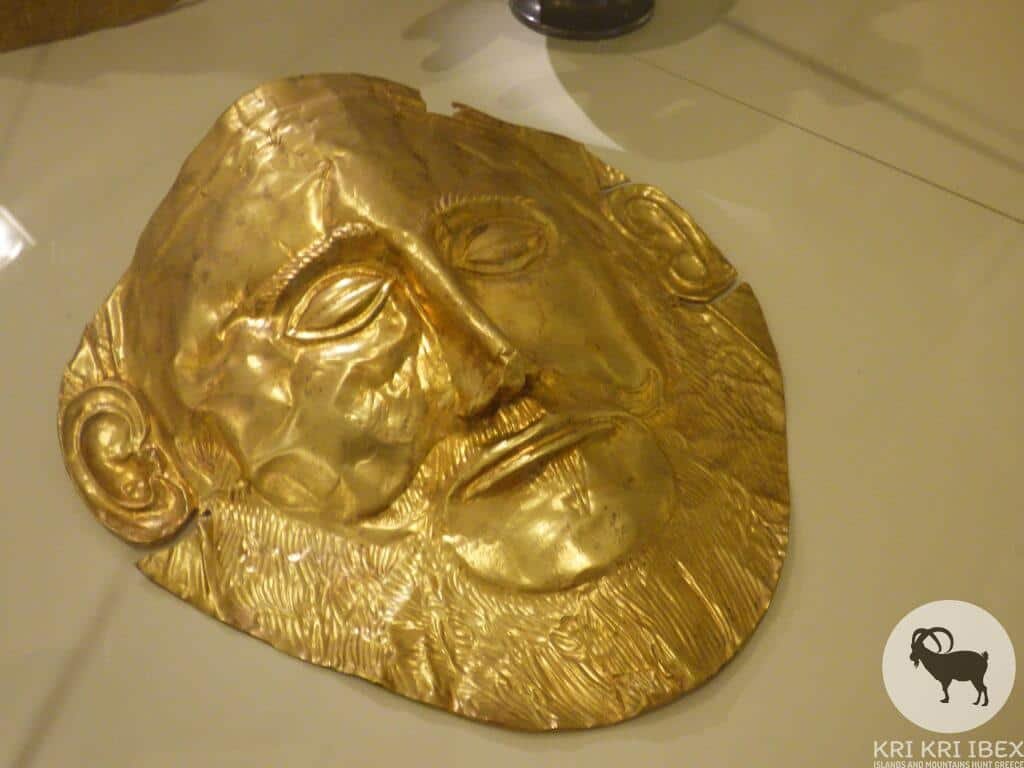
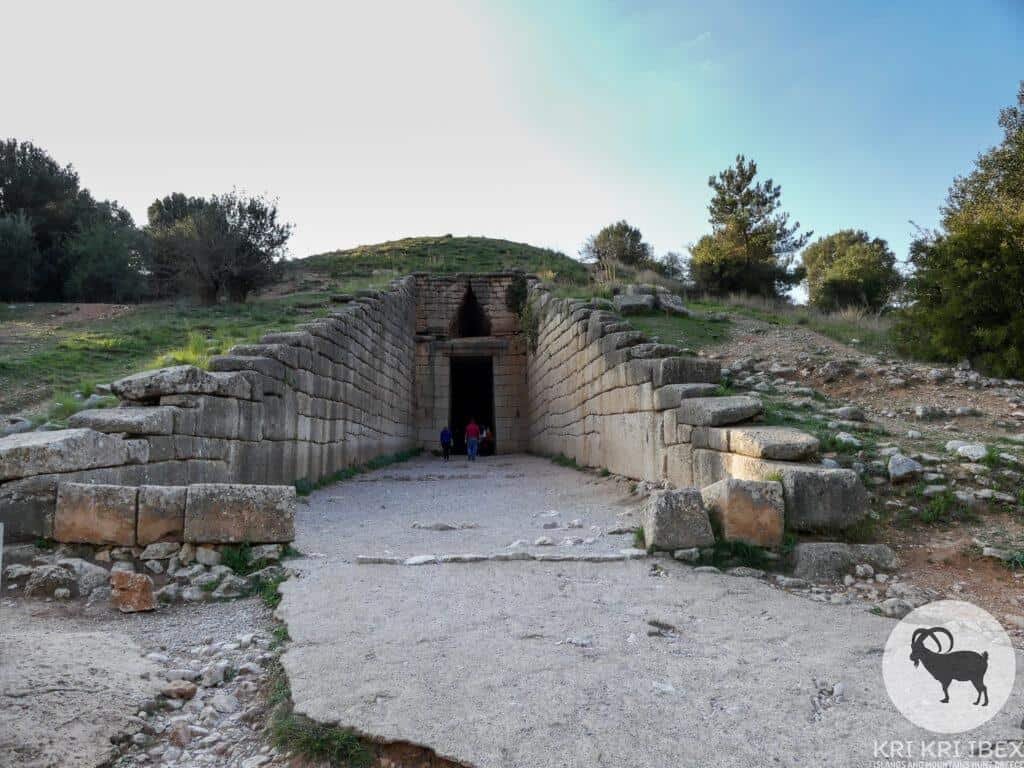
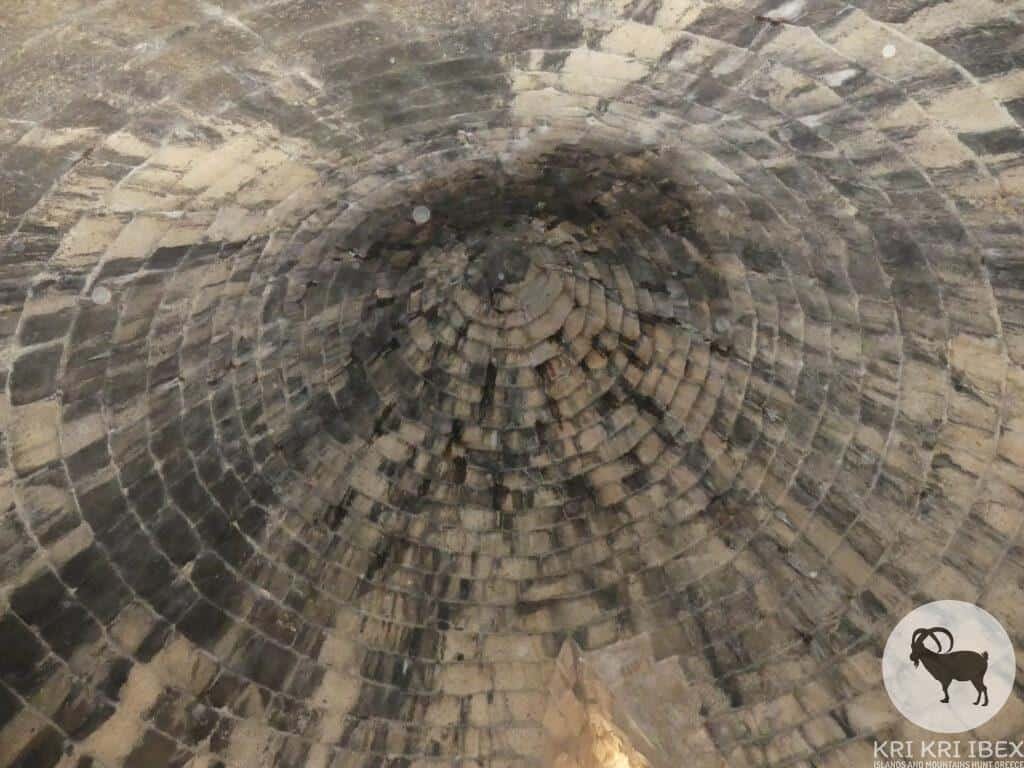
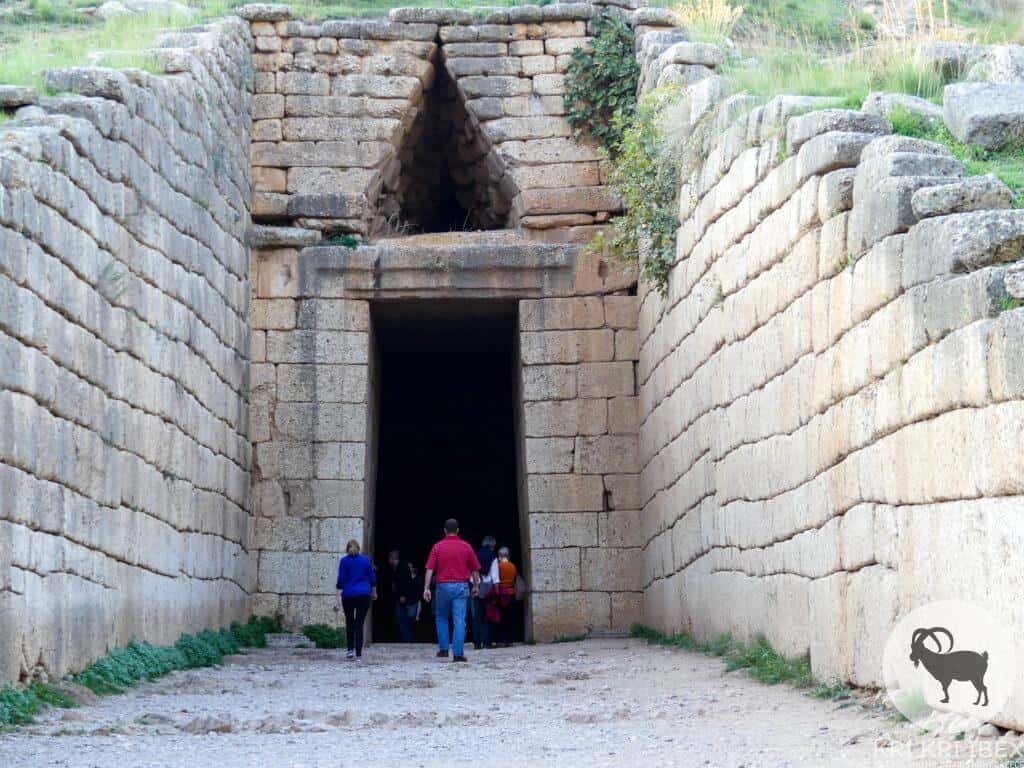
The Atreus Treasury – referred to as the Tomb of Agamemnon – is the most significant and impressive of the Mycenaean tholos tombs. Situated away from the other ‘royal’ tholos tombs, the Atreus Tomb is positioned near Mycenae. Because its location has puzzled archaeologists for decades, archaeologists have studied Mycenae’s landscape, ancient roads, and sightlines to learn why a unique tomb was positioned at such an unusual place. According to David Mason, the founder of Ancient Greece Tours, he has figured out why.
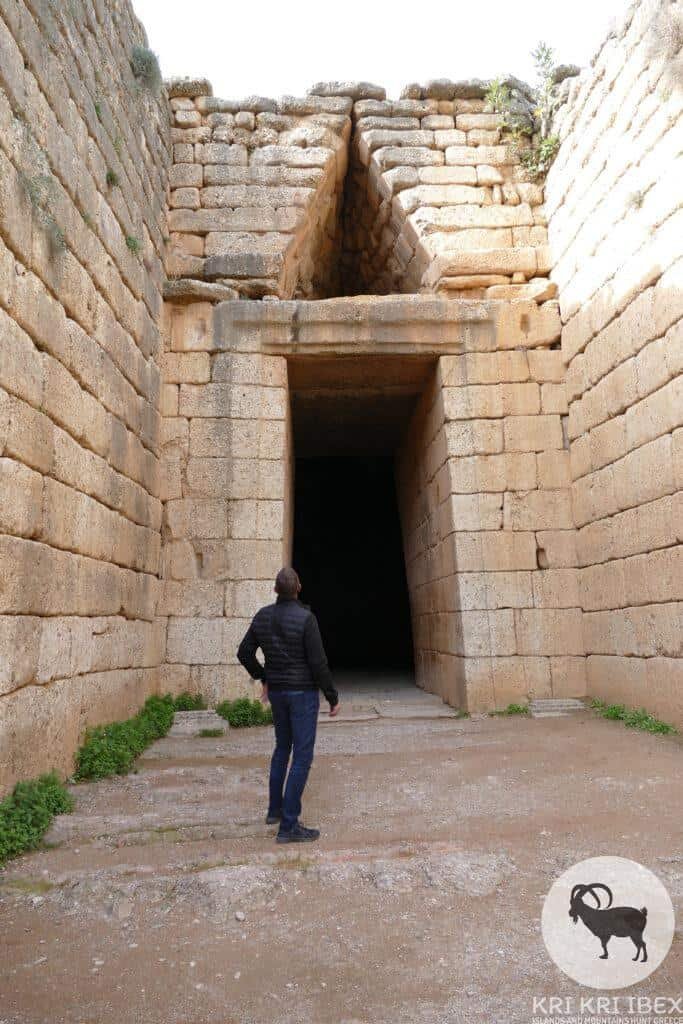
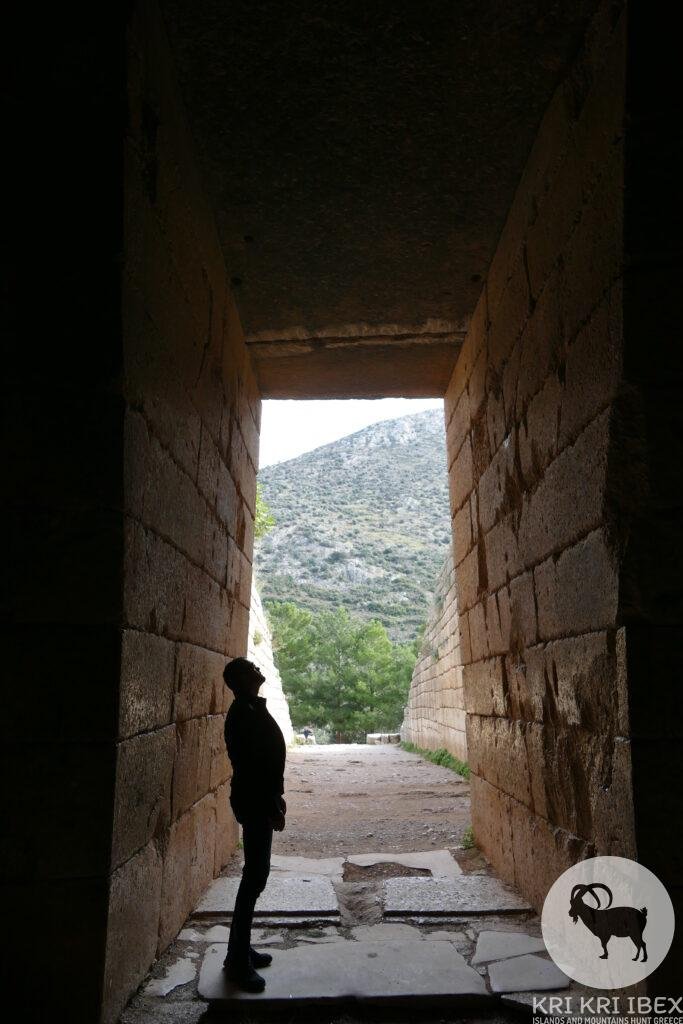
The Olympic Games were held at Olympia for over 1,000 years, attracting athletes and spectators from all over Greece. The first official Olympic Games were held there in 776 BC, and chariot races, as well as poetry and music, were among the contests. Many visitors to Olympia today are attracted to the running track, which is one of its greatest attractions. Temples and other structures may have crumbled, but the simple running track with its starting and finishing lines seems to put us in touch with the Ancient Greeks as people, just like us.

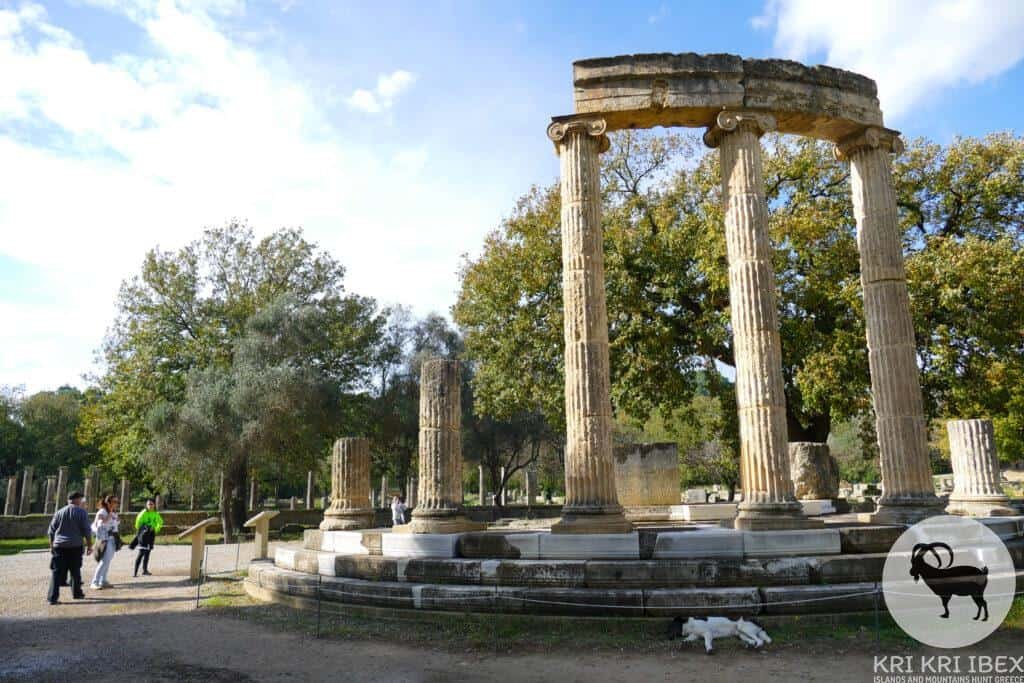
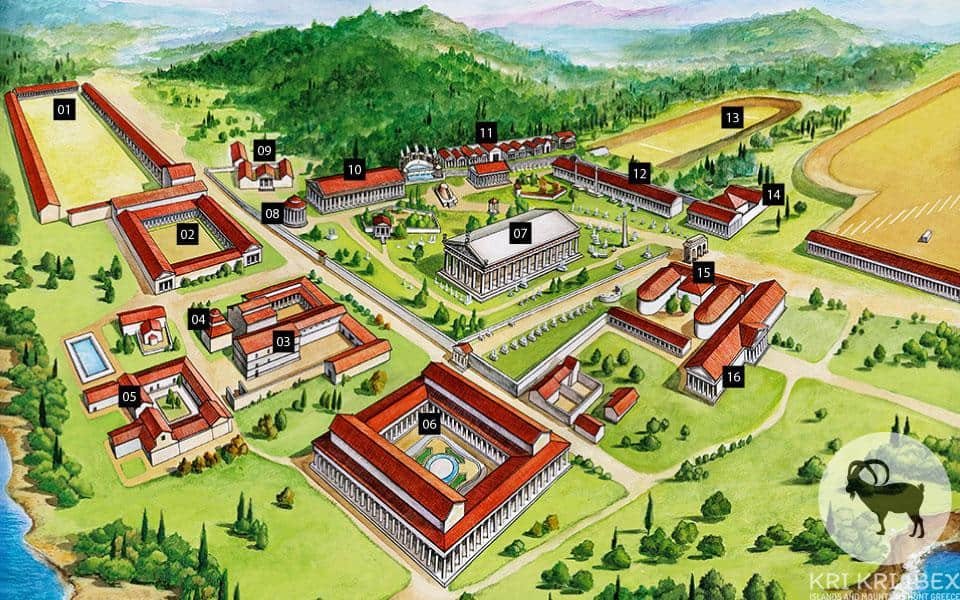
1. Gymnasium
2. Palaestra
3. Pheidias’ workshop
4. Heroon
5. Roman baths
6. Leonidaion
7. Temple of Zeus
8. Philippeion
9. Prytaneion
10. Temple of Hera
11. Treasuries
12. Echo Stoa
13. Stadium
14. Nero’s Villa
15. Bouleuterion
16. South Stoa
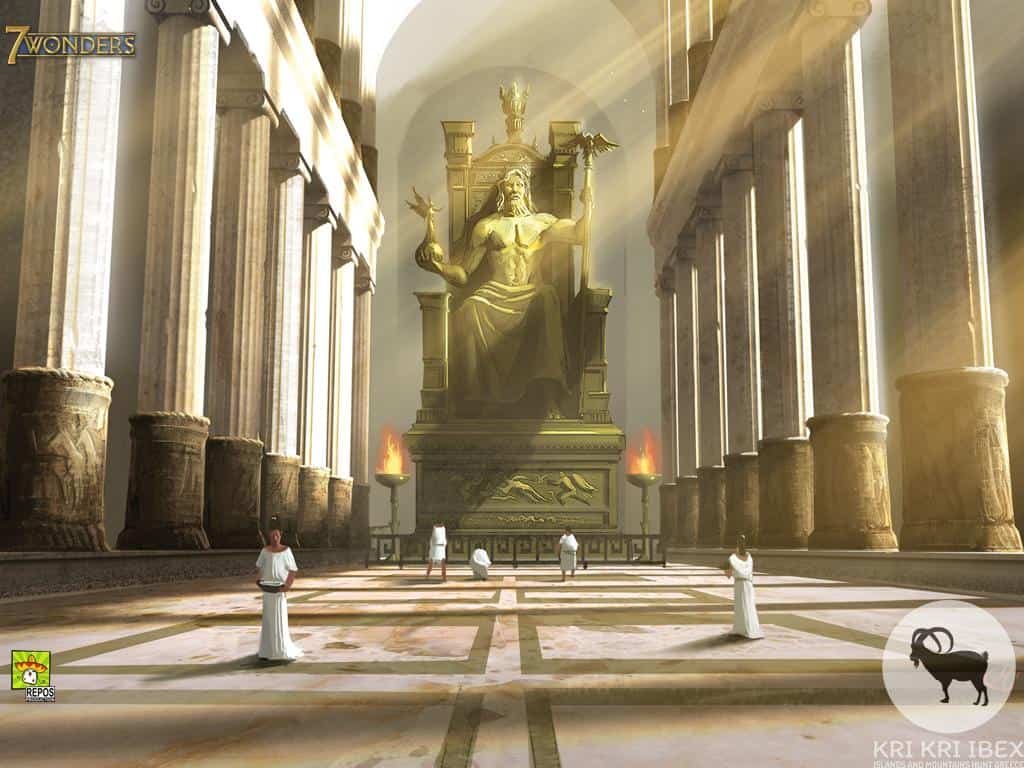
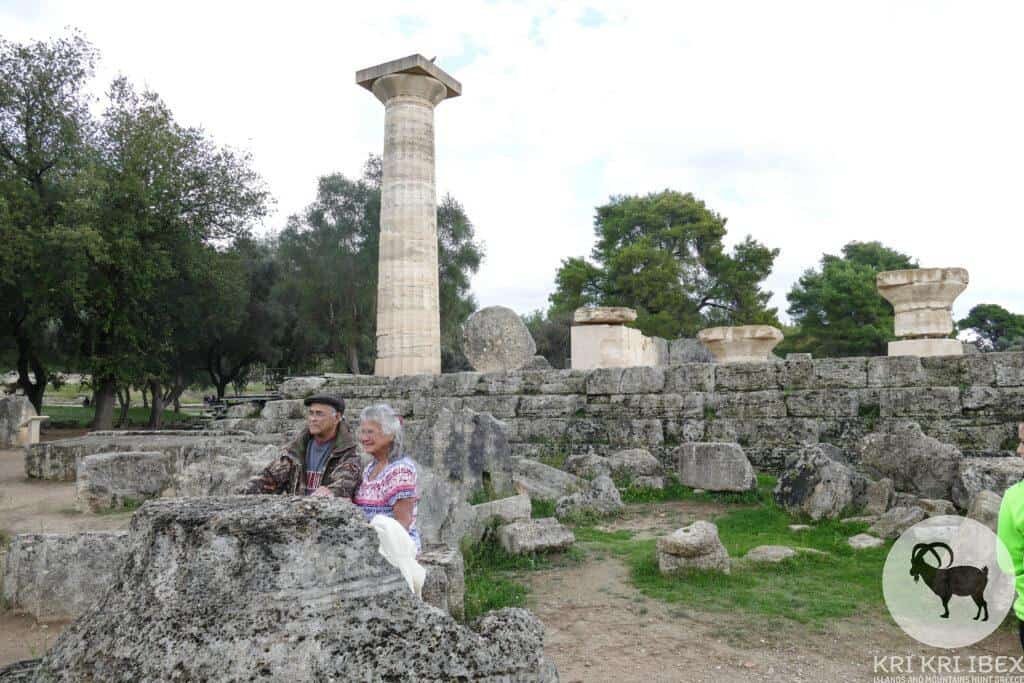
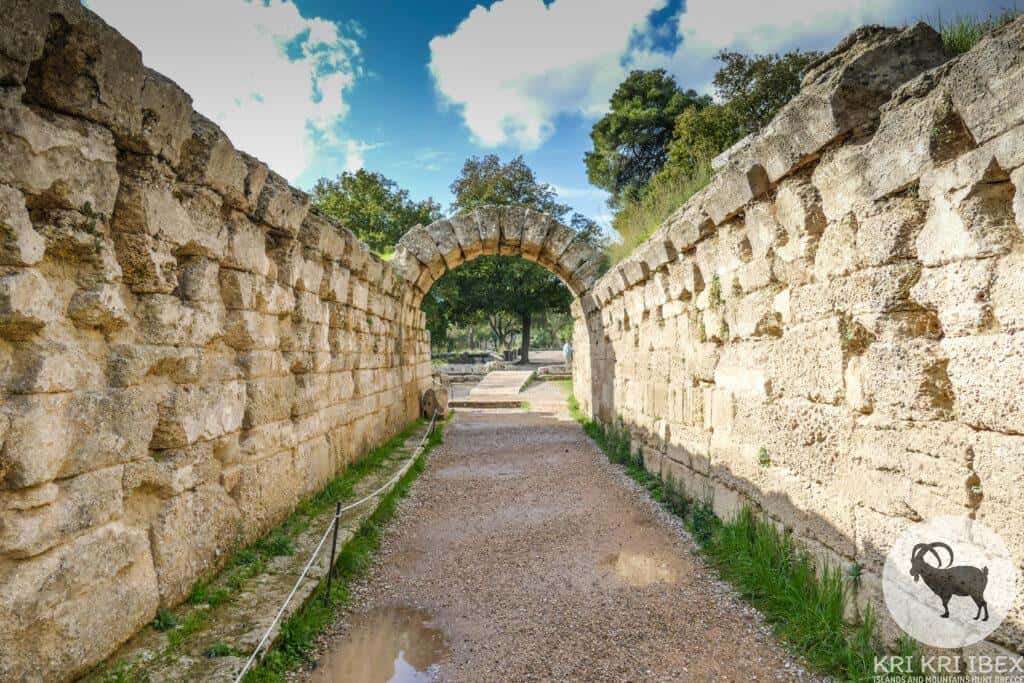
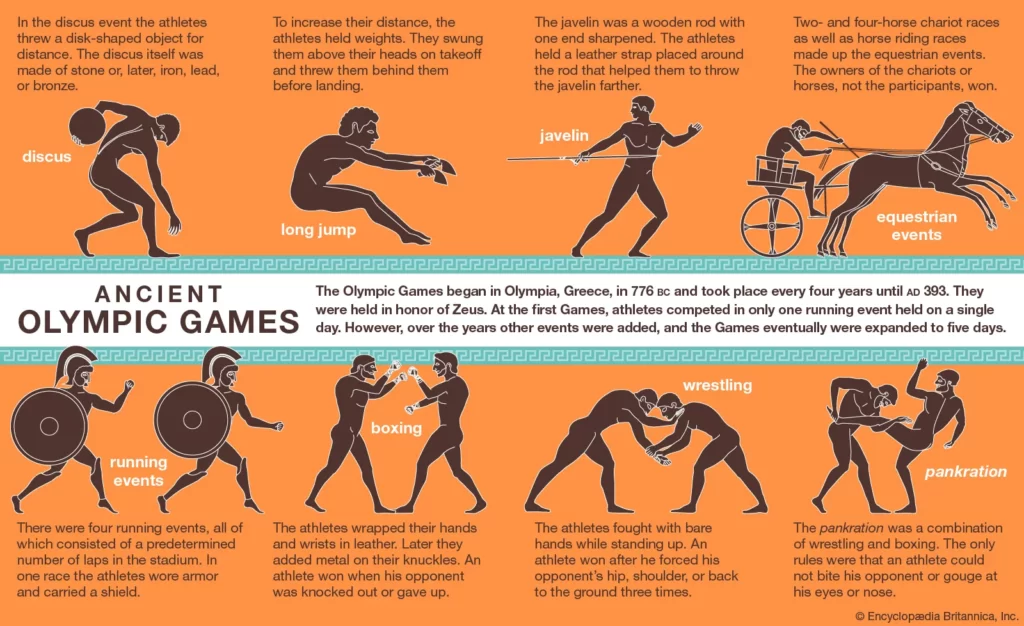
The pentathlon was included in the original Olympic Games in 708 BC. Discus, javelin, jumping, running, and wrestling were all involved. It is unclear if the events were performed in a certain order, but ancient texts indicate that wrestling was always the last one. A victor in each event had to be fast, strong, skilled, and enduring. The discus was thrown by turning in the opposite direction of the throw, holding it with the tips of his fingers, and releasing it as far as possible. A javelin was made of wood with a metal tip and had a leather handle in the middle for increased accuracy. It was thrown by rotating 540 degrees and releasing it, flinging it as far as possible into a delineated area.
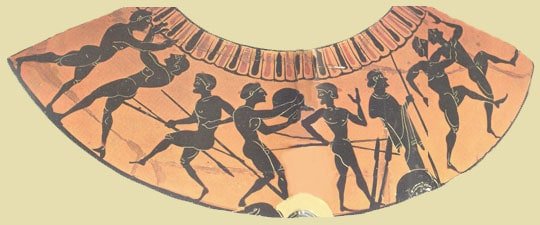
Ancient Olympians used halteres, lead weights made of stone, to increase their long jump distances. By swinging the halteres backward in mid-leap, they gained extra momentum. The fundamentals of running haven’t changed much since ancient times, but the foot events were somewhat different. For example, hoplitodromos competitors ran in military armour weighing about 40-60 pounds (18-27 kg). Modern wrestling is somewhat similar to ancient wrestling, with the exception that the competitors are nude. The competitors attempt to gain an advantage by covering themselves in lard, which is not allowed to be bitten or grabbed in the genital areas.

One of Greece’s greatest attractions is the ancient theatre at Epidavros, which ranks with the Acropolis and the Palace of Knossos in Crete as one of the country’s most notable archaeological sites. The theatre, which was built in the 4th century BC, held 14,000 people and had 55 tiers of seating. It is 60 feet (18.3 m) in diameter. Such a large structure was not uncovered until excavations began late in the 19th century. The auditorium has 34 rows of original seating. Almost 2,500 years ago, these very same seats were used by people living in these very same seats. The auditorium is a breathtaking setting for the audience, who look down onto the stage and the setting of Epidavros as well as the surrounding mountains.
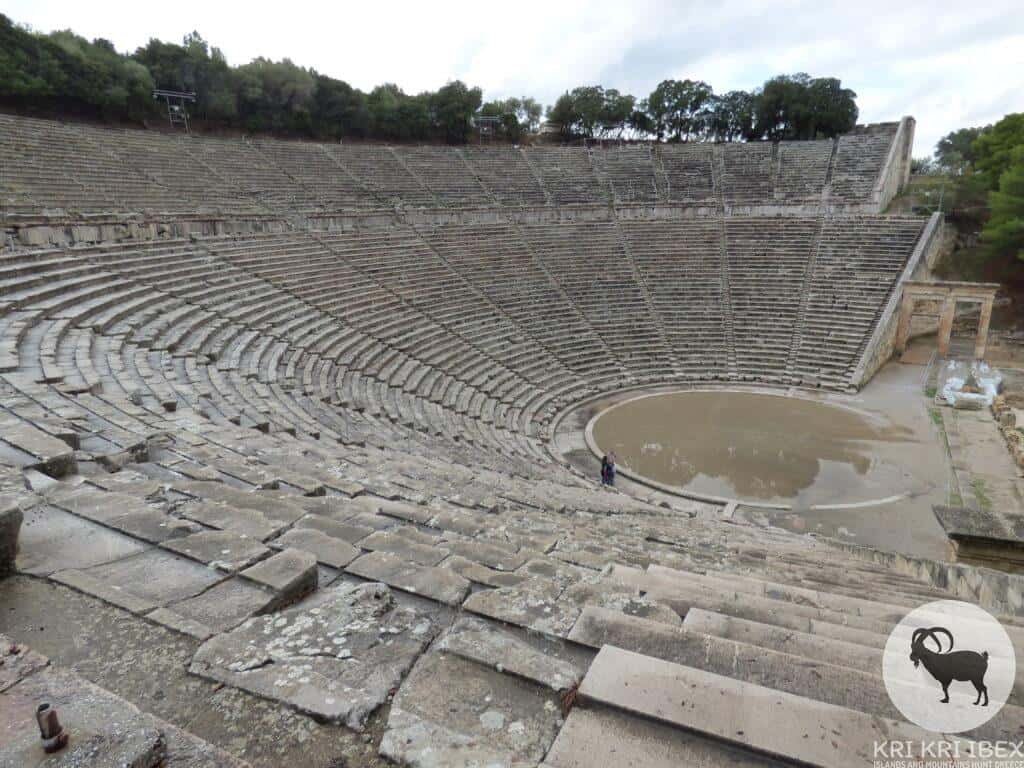

Epidavros, where Asklepios, the son of Apollo and God of Healing, learned his healing skills from centaur Charon, is much more than simply a theatre. In order to show drama, Asklepios was not created for aesthetic reasons. Asklepios was known for his ability to revive the dead, but he himself was slain by a thunderbolt from Zeus, who feared that Asklepios was becoming too powerful. Asklepios was worshipped at Epidavros and was depicted as a gold-and-ivory statue. While little of the temple survives today, Epidavros is being excavated even today, and it may be discovered to be an even more significant site than we already know it to be.
Nafplion, in mainland Greece, is home to museums, shopping, and fine dining. Nafplion, a charming water town in the Peloponnese, was once the Greek capital before Athens. Nafplion is one of Greece’s most alluring cities, if not Europe’s. It has a lovely coastline with several castles, an offshore island to contemplate, museums, and many fine restaurants, in addition to its excellent restaurants, so you may want to prolong your stay. In addition to its romantic scenery from its old town, which dates back to the Venetian occupation of 1686 to 1715, its picturesque castles, and its watery views, Nafplion has a lot of charm. The old-town roadways and whitewashed buildings resemble Greek islands.

The Bourtzi Fortress is one of Nafplion’s most recognisable landmarks, standing on an offshore isle and guarding the deceptive waters here. The Bourtzi Fortress, constructed in the 15th century during the Venetian occupation, is one of Nafplion’s most prominent landmarks. The water looks deep, but in fact there is just one navigable channel into Nafplion. Nafplion’s executioner lived in the fortress until 1930, and later it became a posh hotel. Now, the fortress looks attractive.
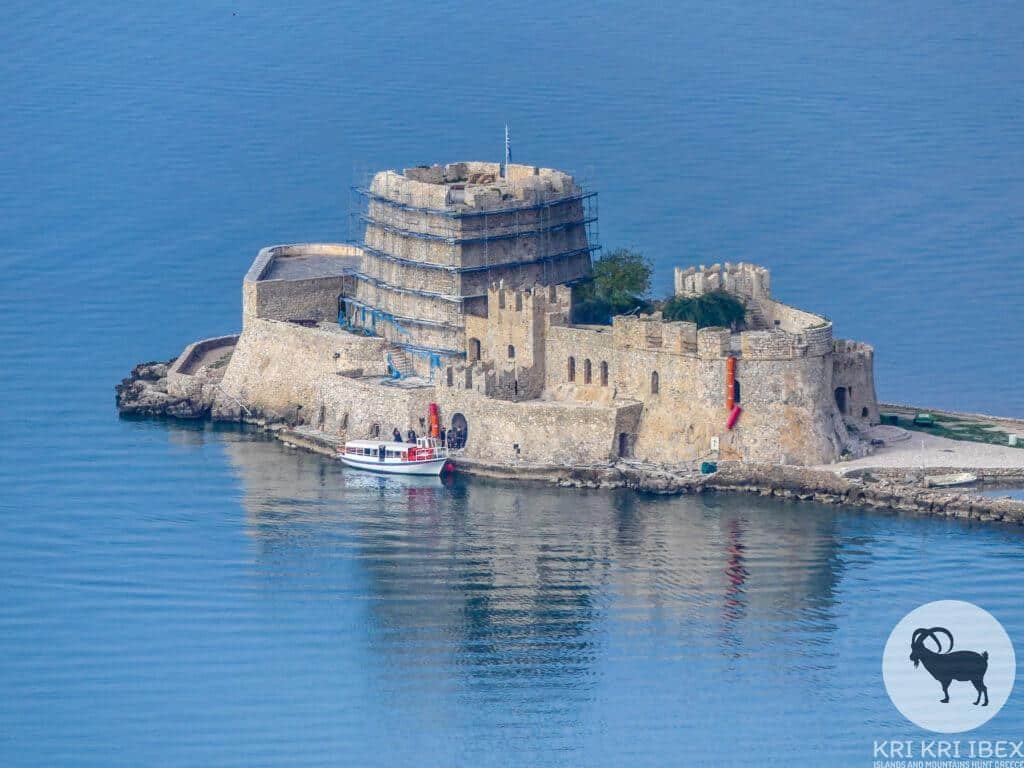
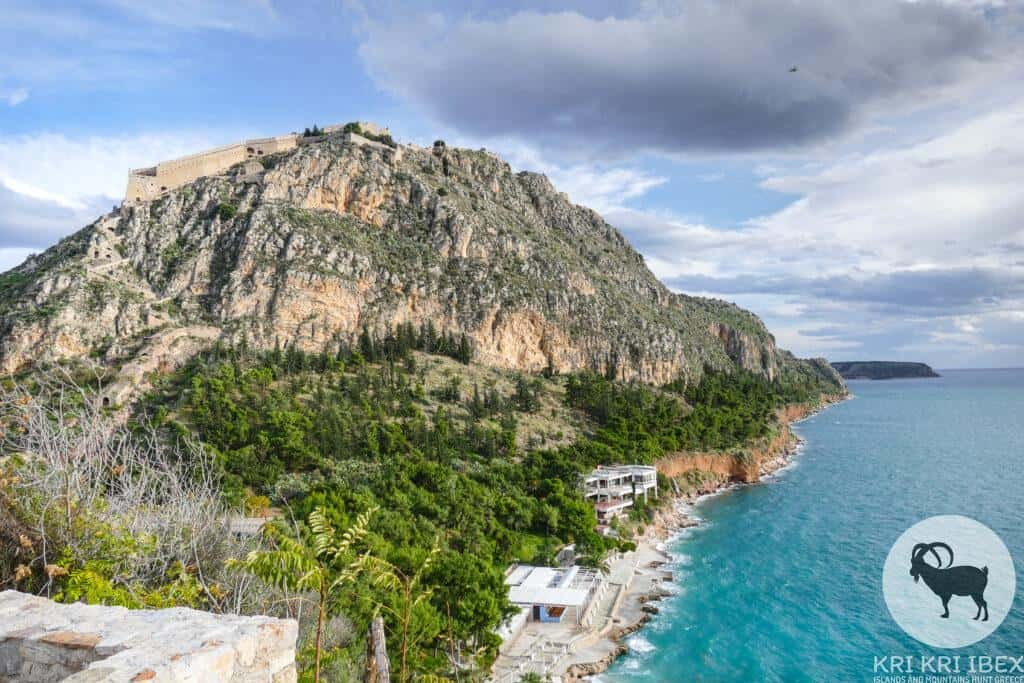
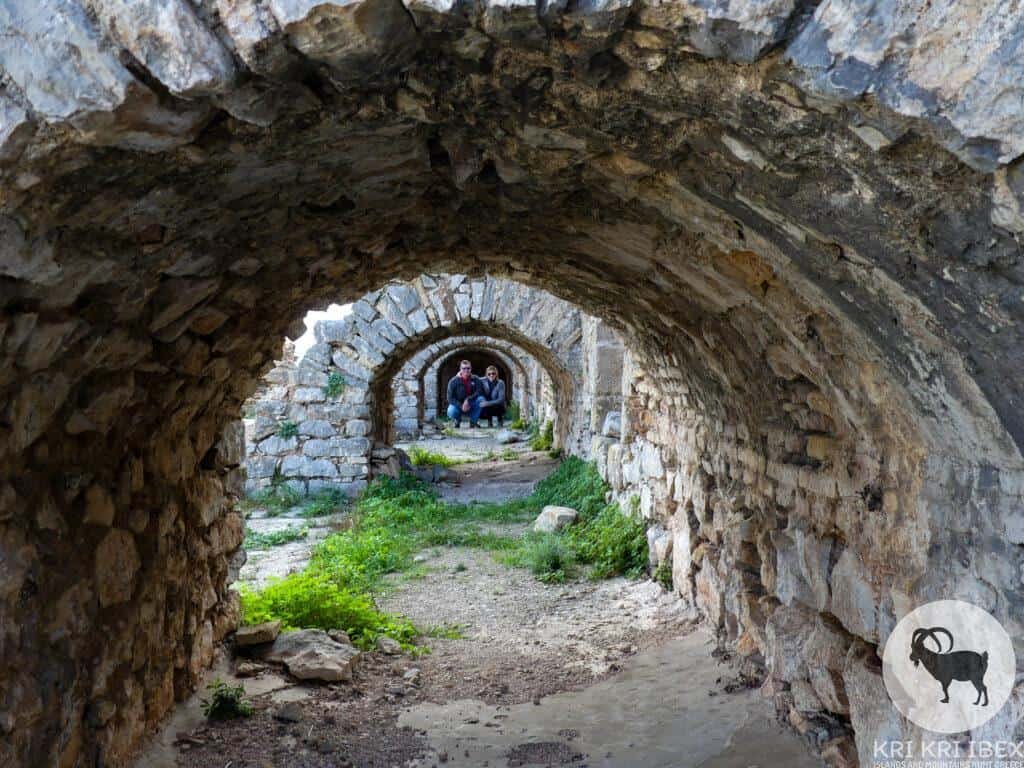
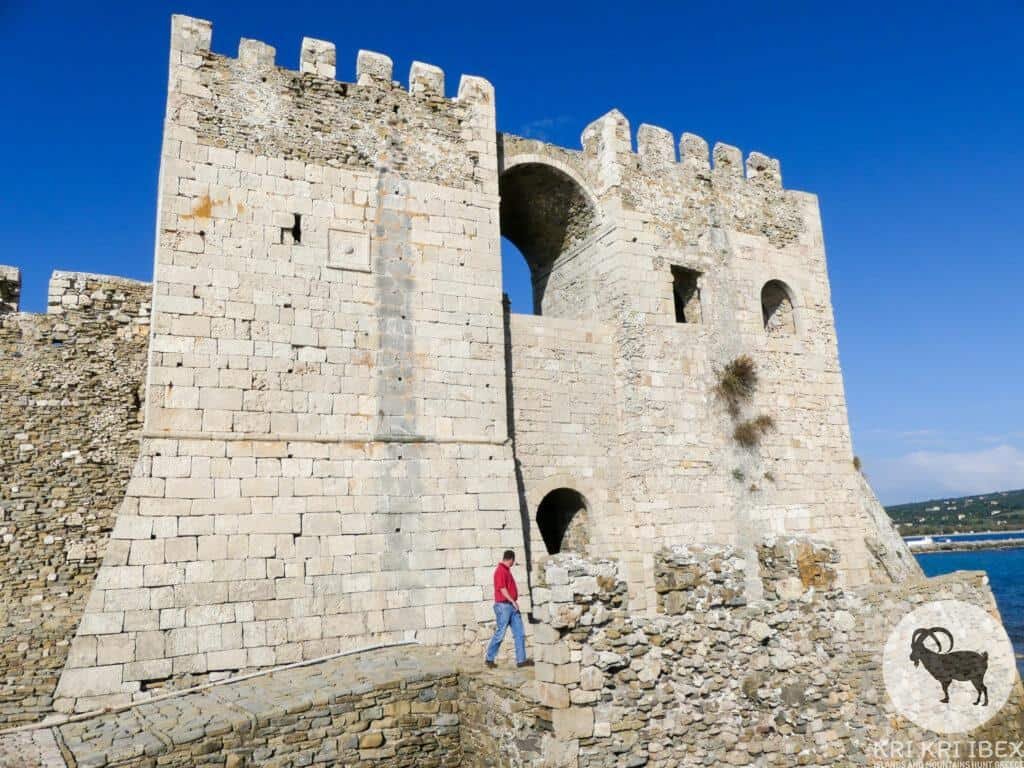
There are, in fact, several other ruined Venetian citadels inside this 18th century fortress, which is so huge that you can drive up to the entrance if you have a vehicle, but otherwise it is a steep climb up almost 1000 stairs to get there. Other than the walls and remains of three inner forts, there isn’t that much to see when you get inside, but the vistas are truly amazing. Tel: 27520-28036.

According to legend, Methoni was the last of the seven cities that Agamemnon offered Achilles ‘ampeloessa’ (vine leaf) in order to appease his rage. The Venetians were aware of the importance of Methoni as a trade centre because of its location on the path to the Orient. Methoni’s importance as a middle station between Venice and the Holy Land grew as a result of Venetian fortification. It became a bustling trade hub as a result of Venice’s connection to the Holy Land. In 1484, travellers marveled at its formidable walls, deep moats, and fortified towers as they journeyed to the East.
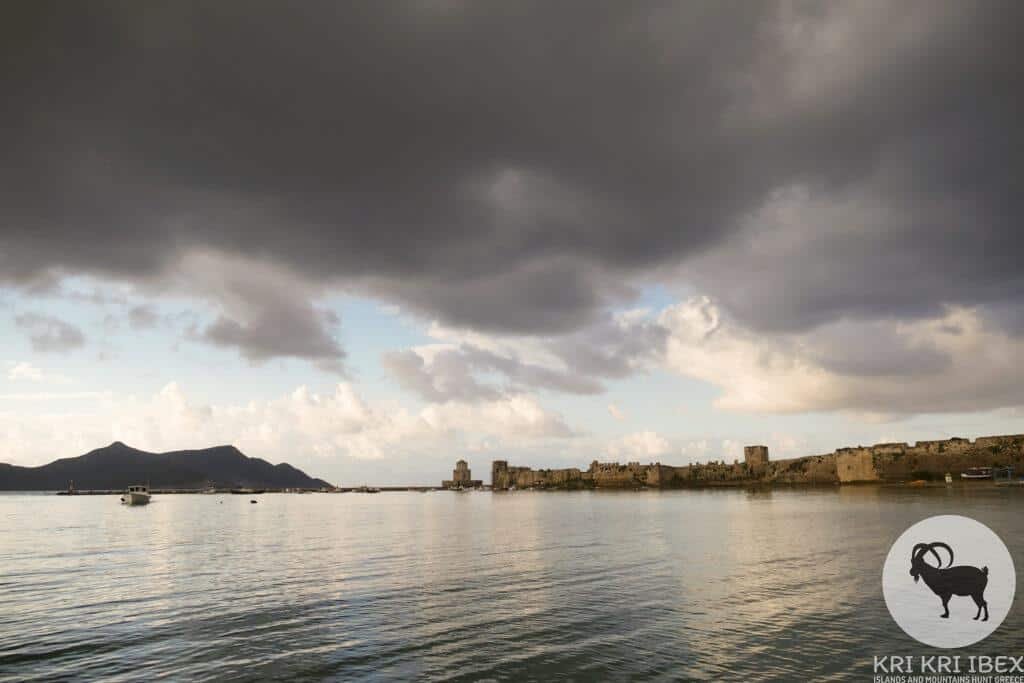
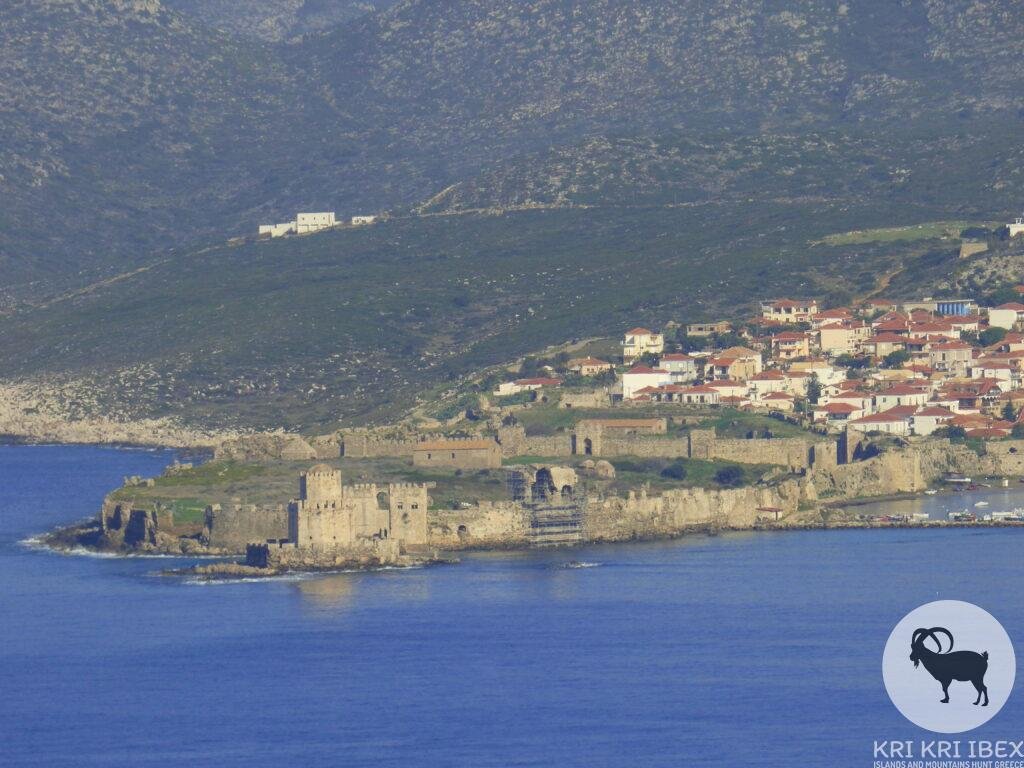
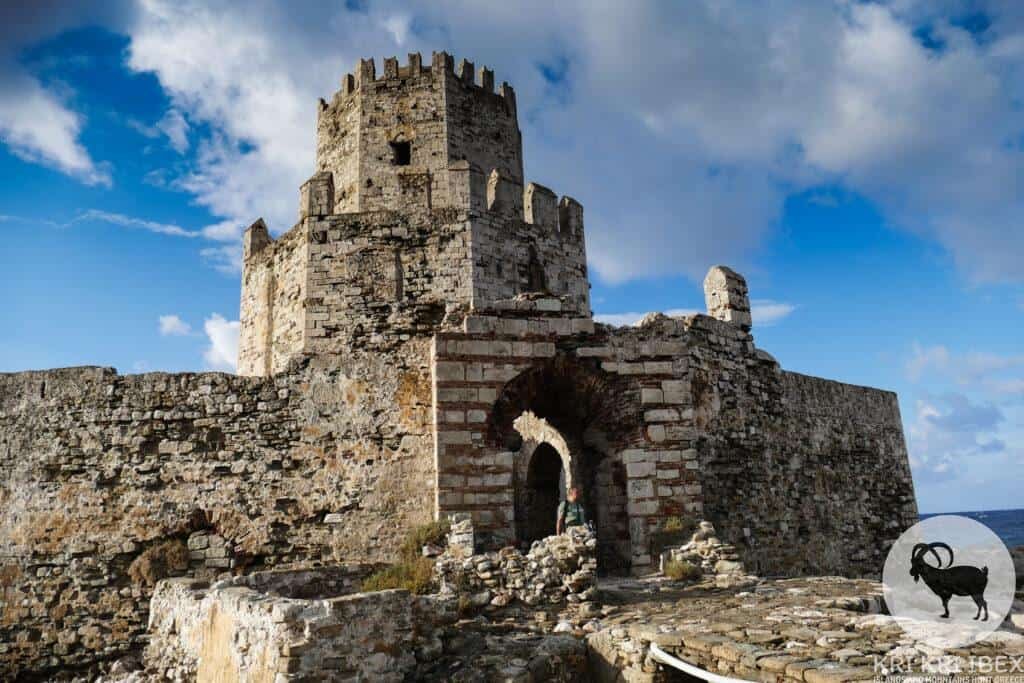
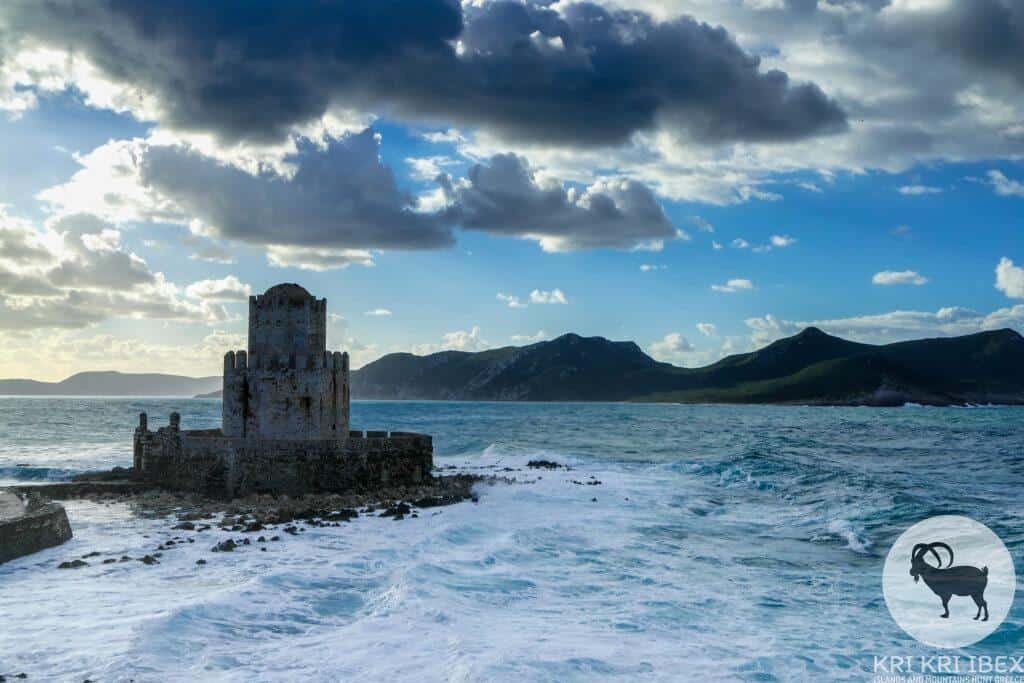
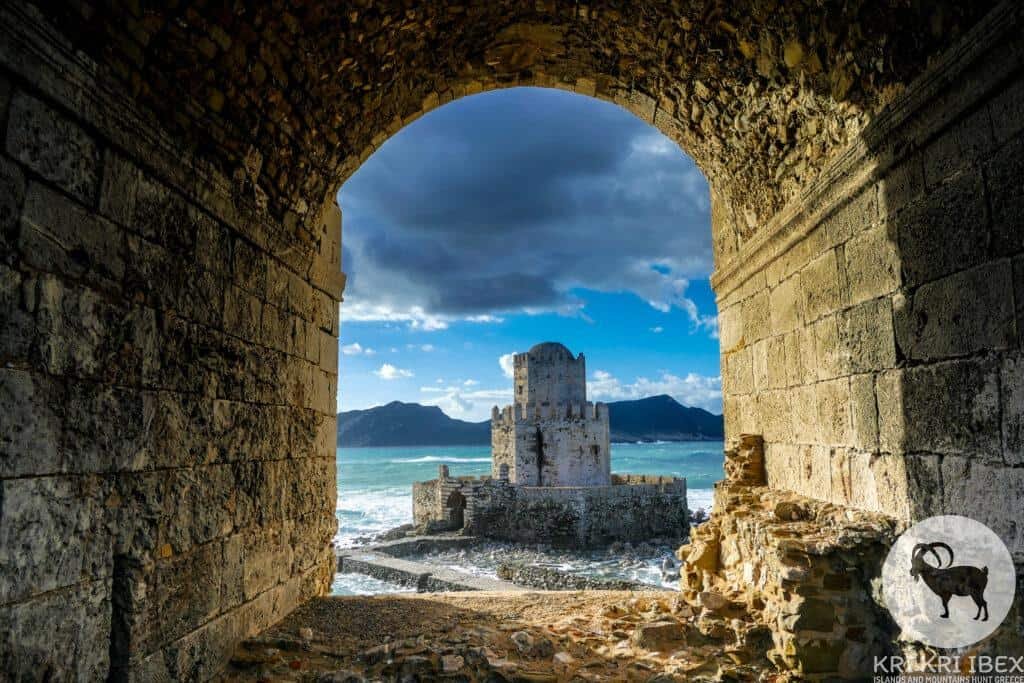
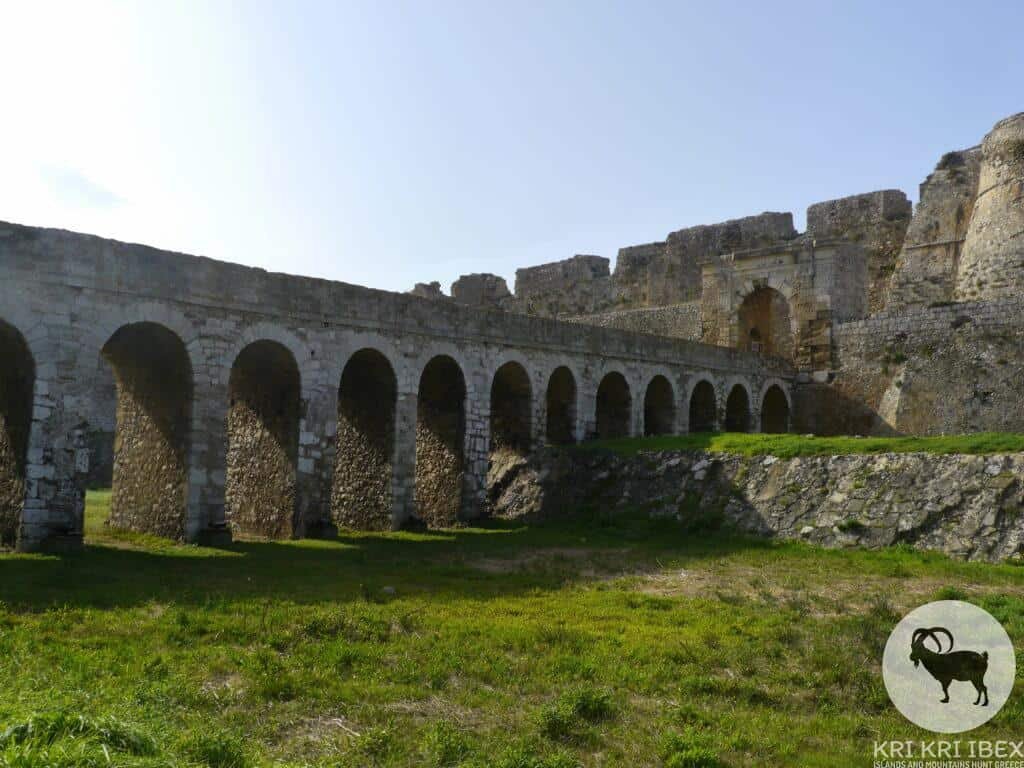
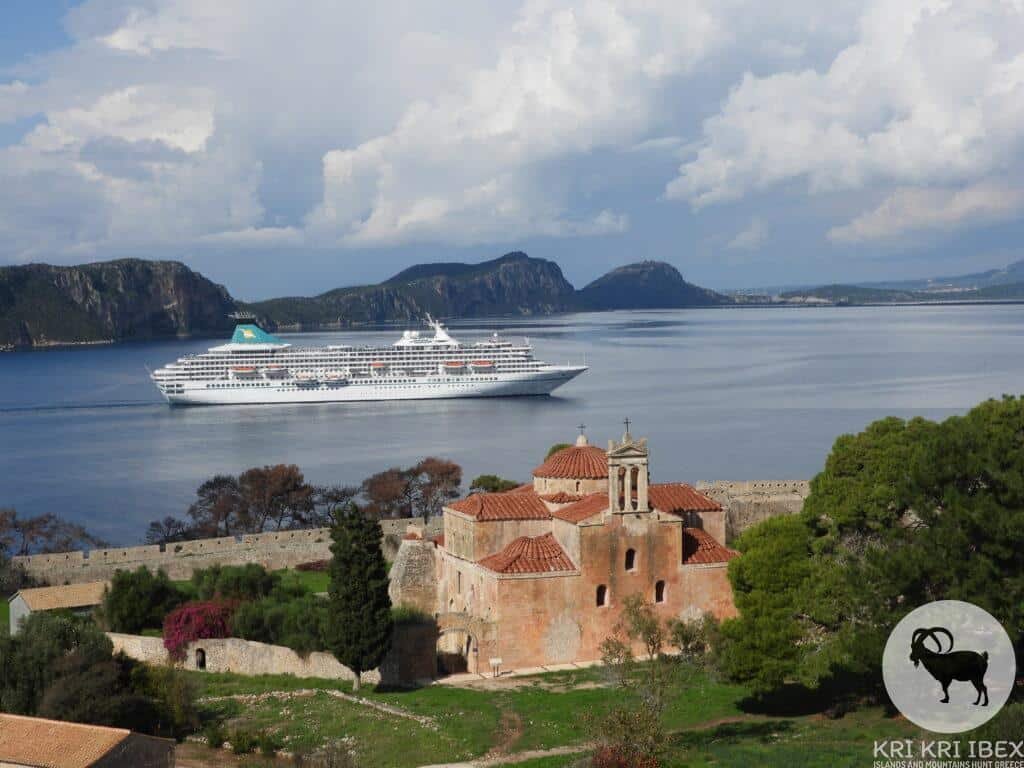
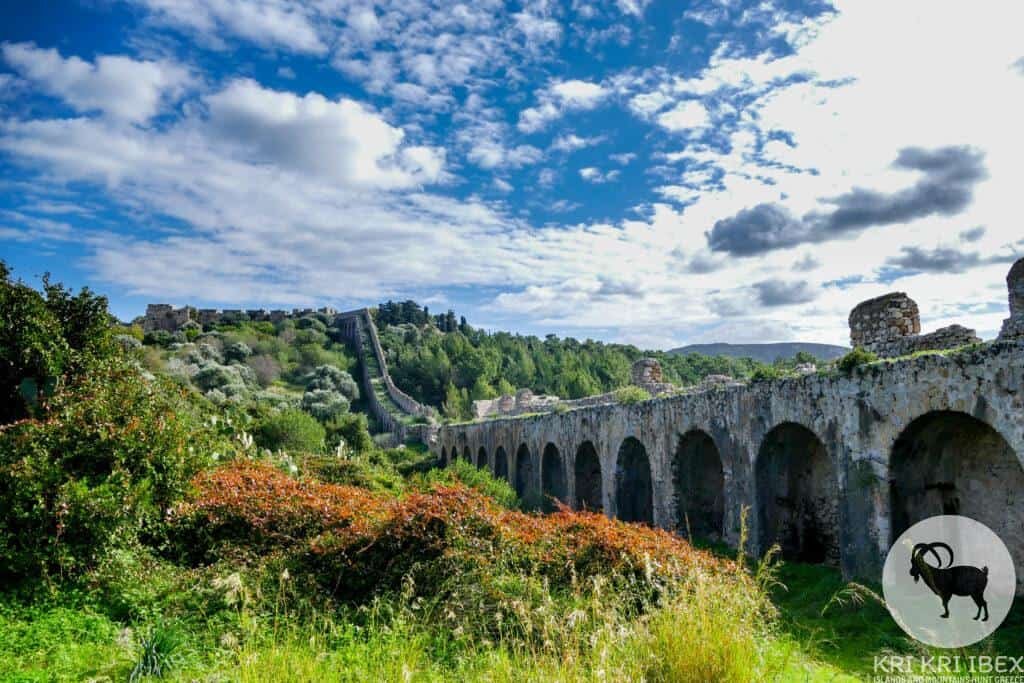
Pylos has been inhabited since the Neolithic period, and it is historically known as Navarino, a town in southern Greece. It was once the capital of Mycenaean Greece, home to the so-called Nestor Palace, excavated near Pylos, which is mentioned in Homer’s Iliad. The Franks constructed the Old Navarino fortress in 1280 on the site. Between 1417 and 1500, Venice controlled Pylos and its bay. Pylos was controlled by the Ottoman Empire from 1417 to 1500, when the Ottomans built the New Navarino fortress. Navarino was used as a naval base by the Ottoman Empire, and it was a naval base.
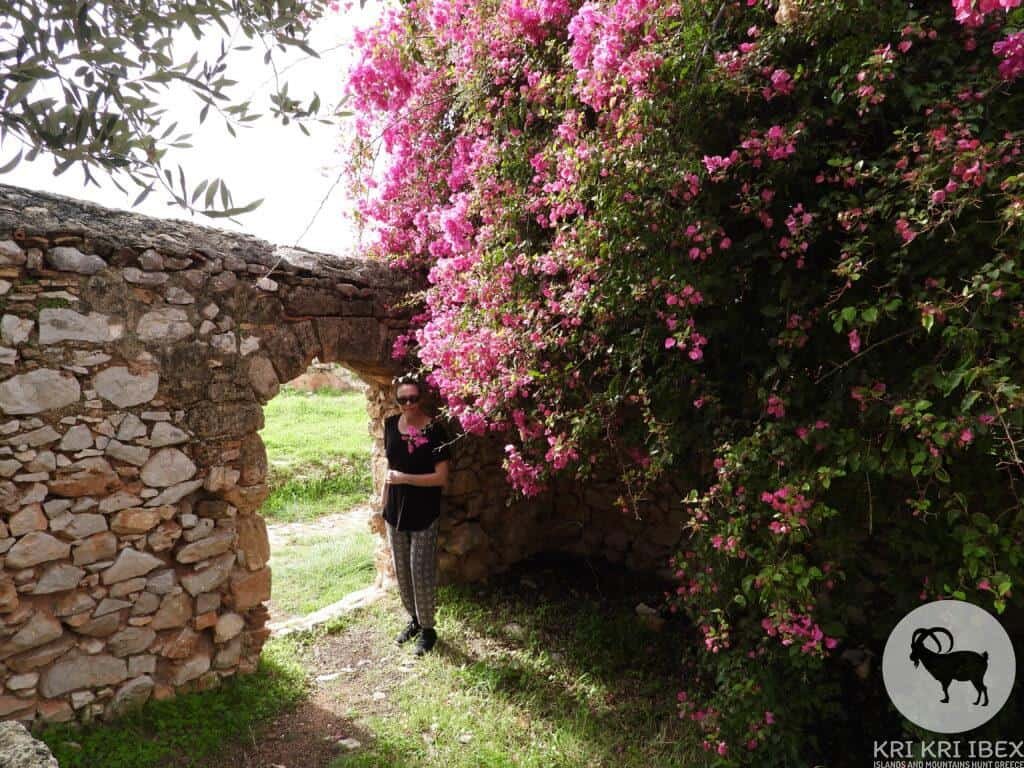
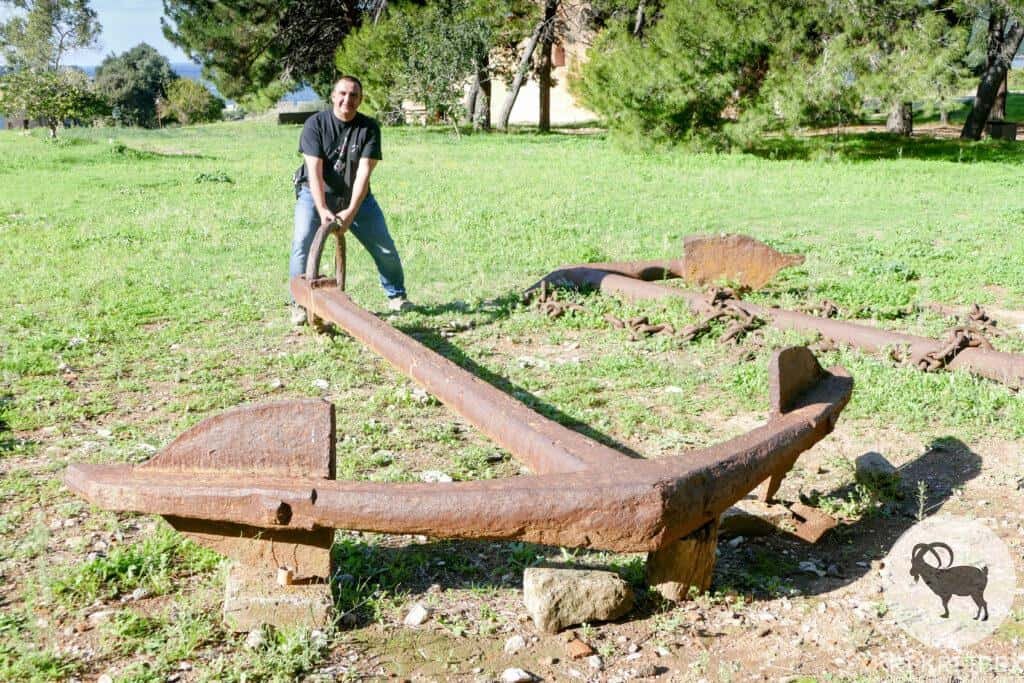
A semicircular strip of dunes forms the sand at Voidokilia beach. It is shaped like a Greek letter omega (Ω). On the land-facing side of the dunes, Gialova Lagoon is an important bird habitat. Nestor’s Cave sits above the beach, as does Old Navarino Castle. Homer’s “sandy Pylos” is where Telemachus was welcomed by King Nestor as he searched for his father, Odysseus, according to mythology. Hermes is said to have hidden Apollo’s cattle in Nestor’s Cave in addition to the Gialova lagoon. An ecosystem with unique natural and cultural values is safeguarded by the Gialova lagoon, Voidokilia Bay, and other surrounding areas. The Gialova lagoon offers protection to a variety of 225 bird species, including an extremely rare European chameleon.
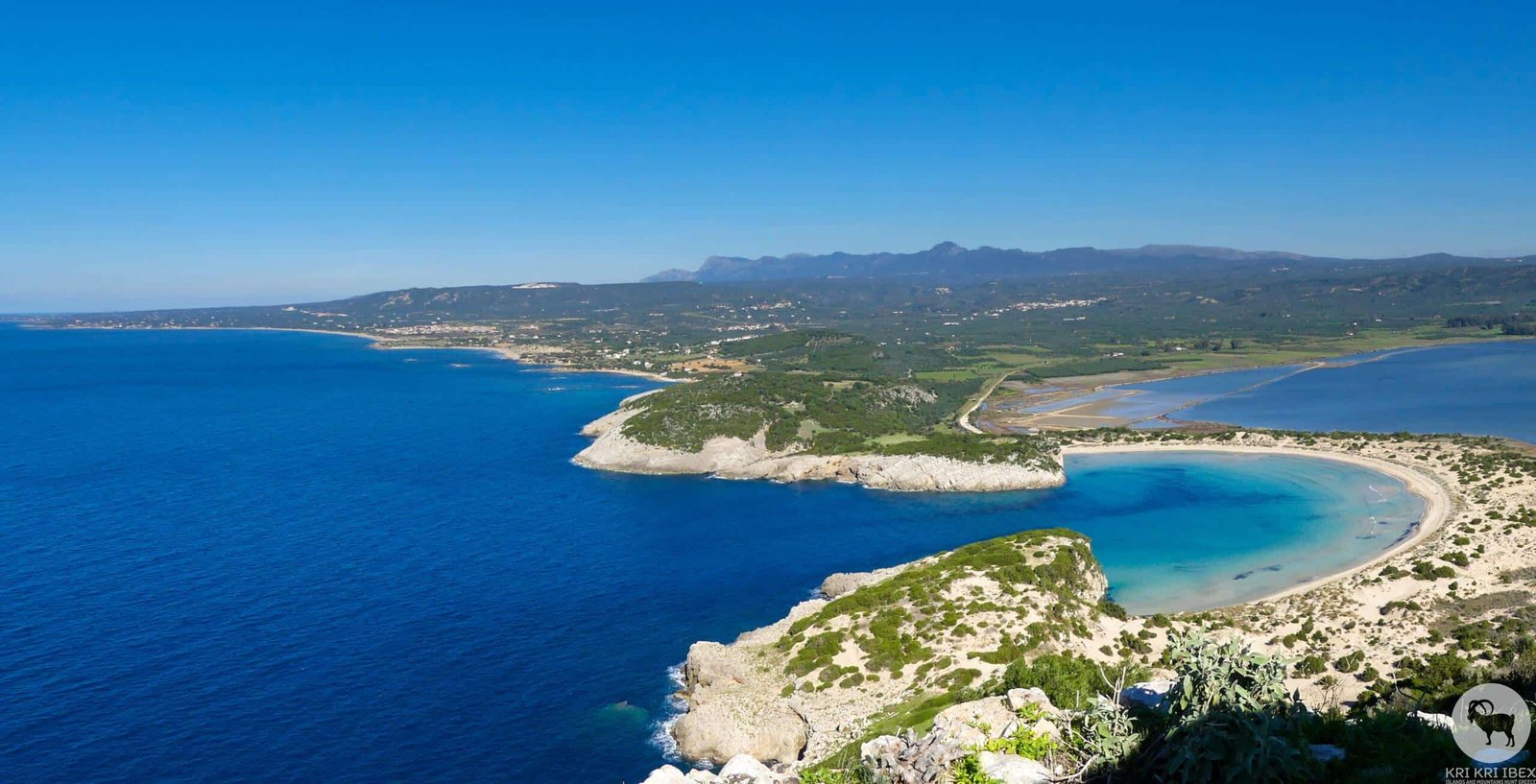
The ancient Navarino Castle stands on an impressive 200-metre-high (660 ft) rock on the northern shore of the bay near Pylos. It was probably occupied from ancient times, when it was naturally defensible. The Venetians tried to buy the castle several times, fearing it might be a hazard to their trade interests; they seized it in 1417 to prevent the Genoese from buying it, and Centurione II Zaccaria, Prince of Achaea, finally gave it to them in 1423.
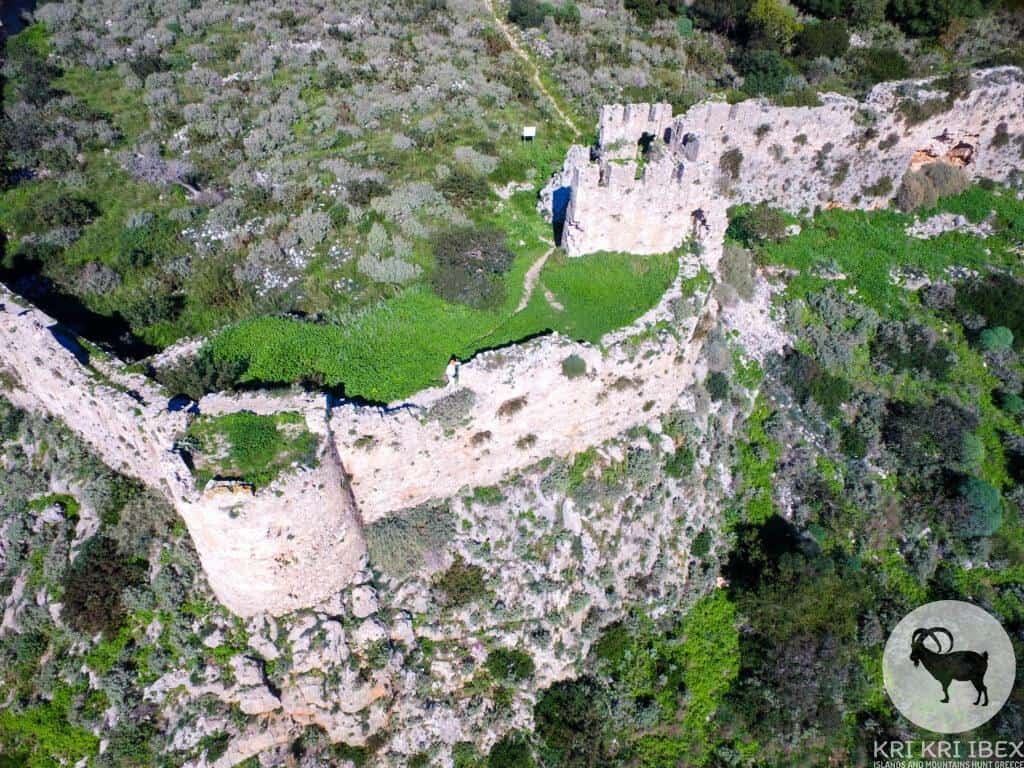
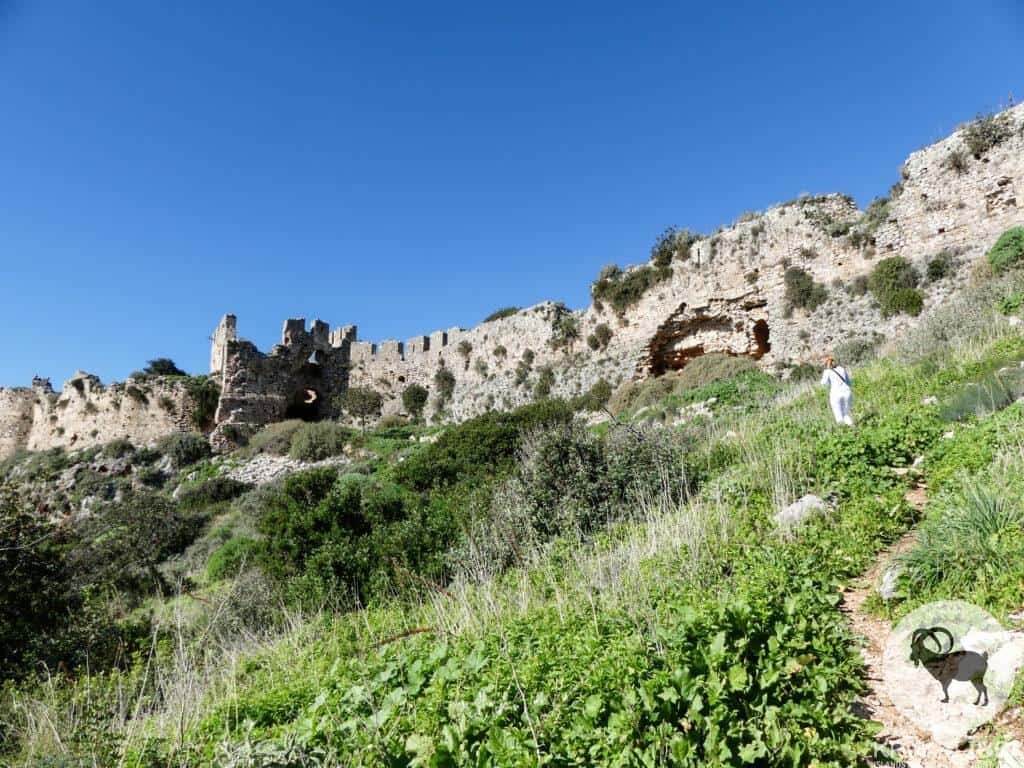
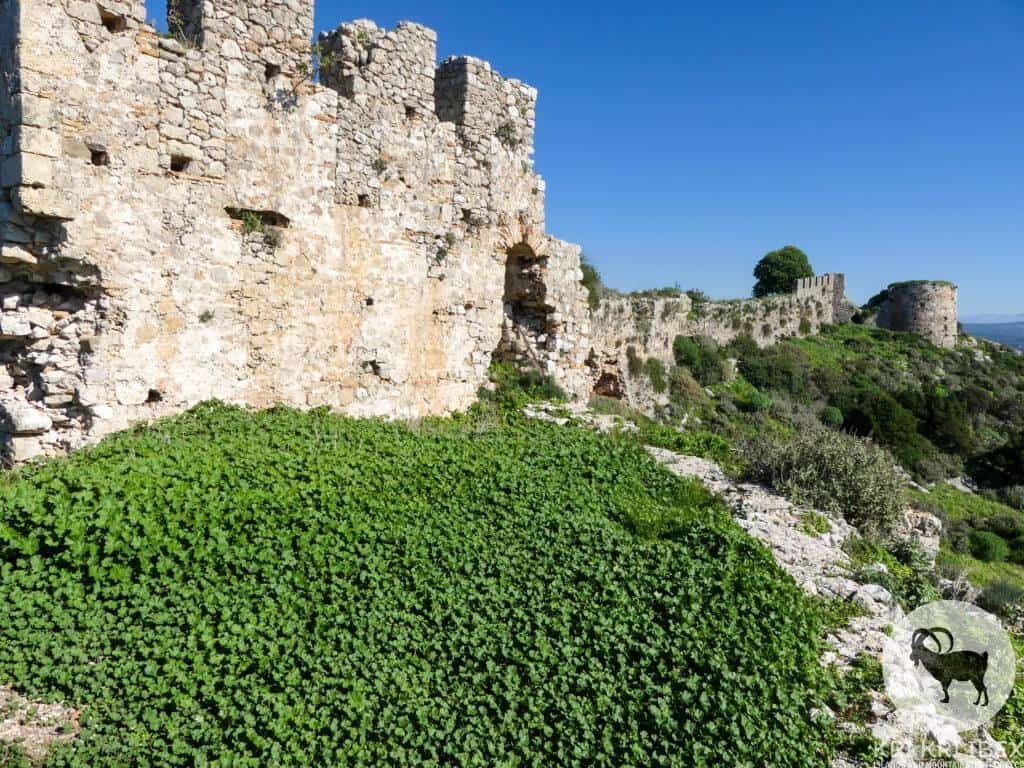
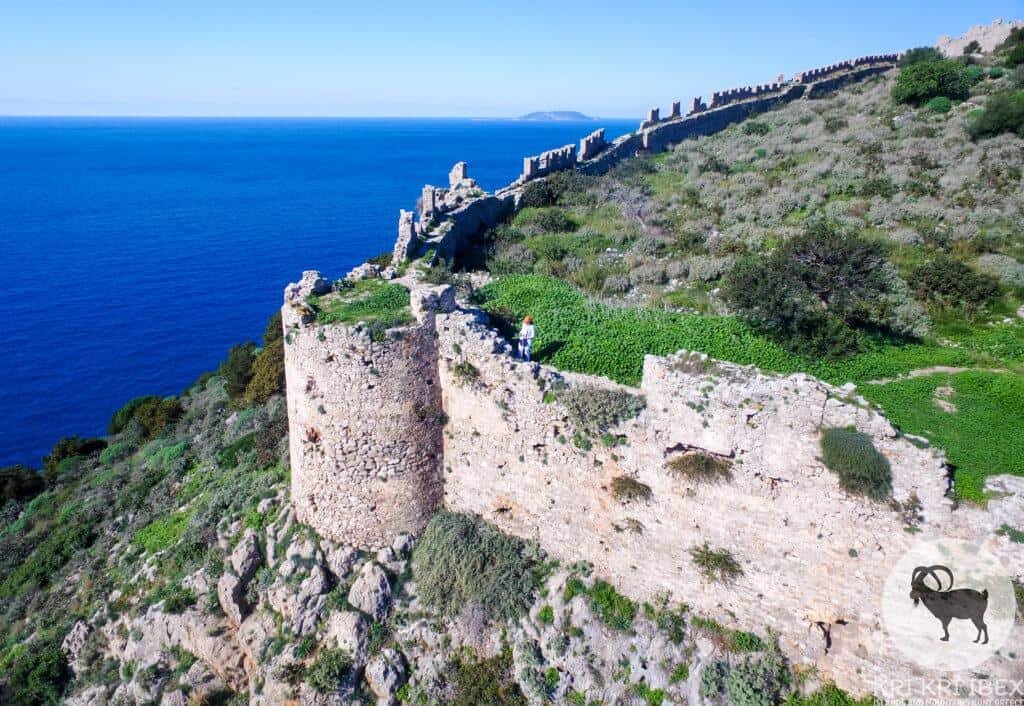
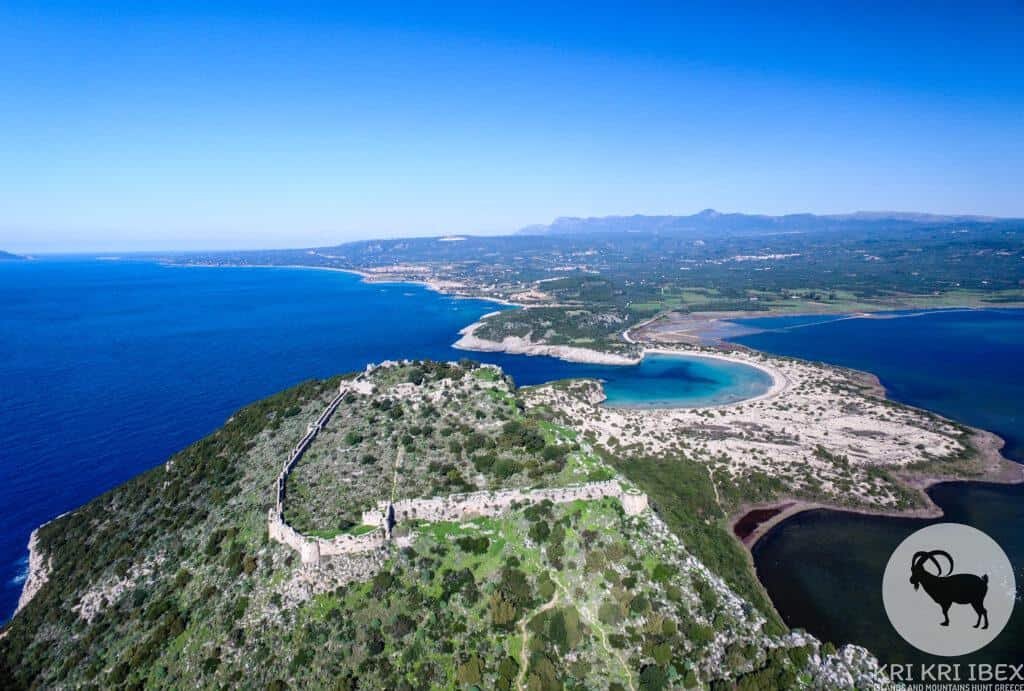
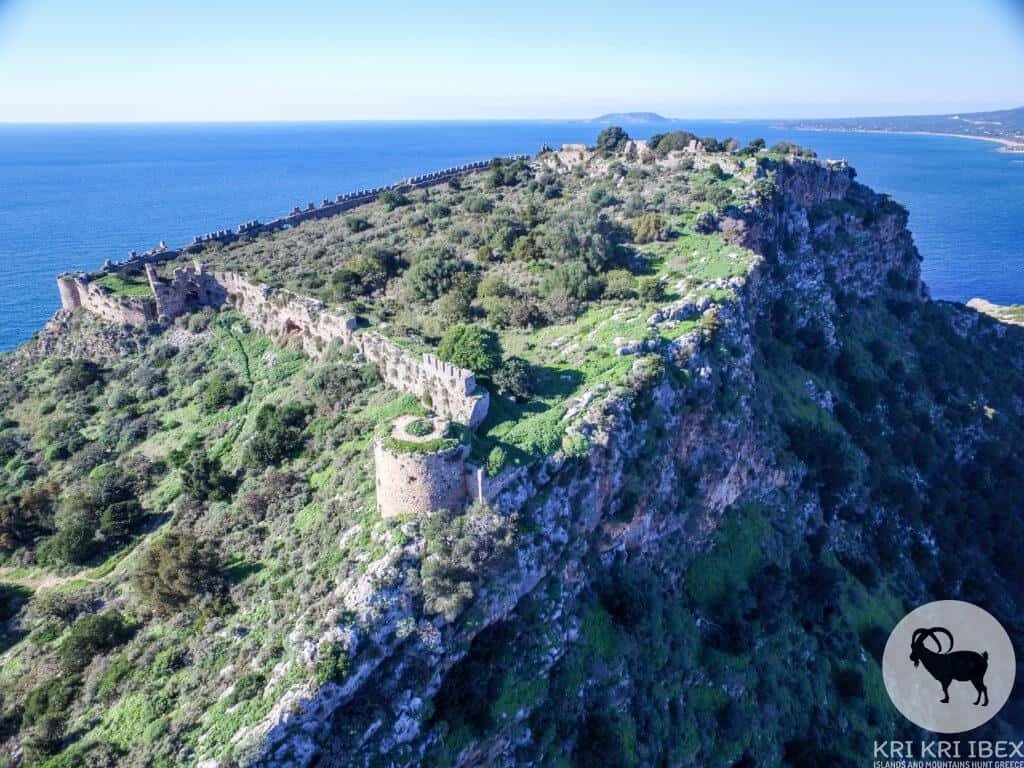
The ancient city-state of Messene was founded by Epaminondas in 369 BC after the Battle of Leuctra and the Theban invasion of the Peloponnese. The wall surrounding Messene, which stands on this spot, was 9 kilometers (5.6 miles) long, 7 metres (23 feet) – 9 metres (30 feet) high. The Arcadian Gate is the ancient route to Megalopoli that guarded. Many of the ruins can be found in Mavromati, a village nearby. During excavations, a theatre, an Asklepion, a stadium, and a gymnasium were discovered. There are also a number of Roman remains.
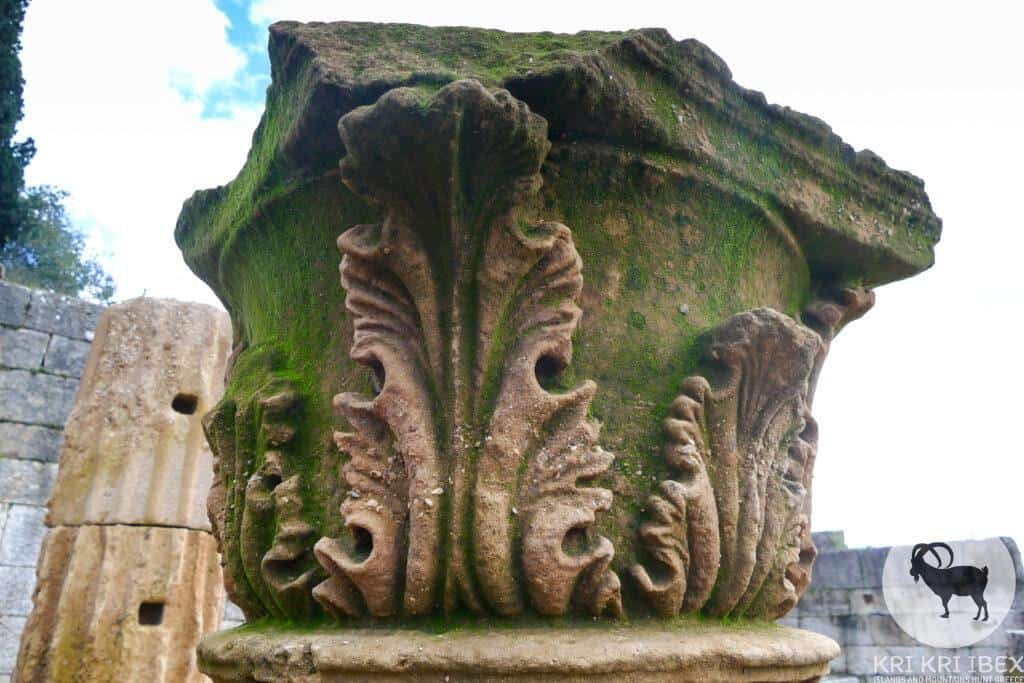
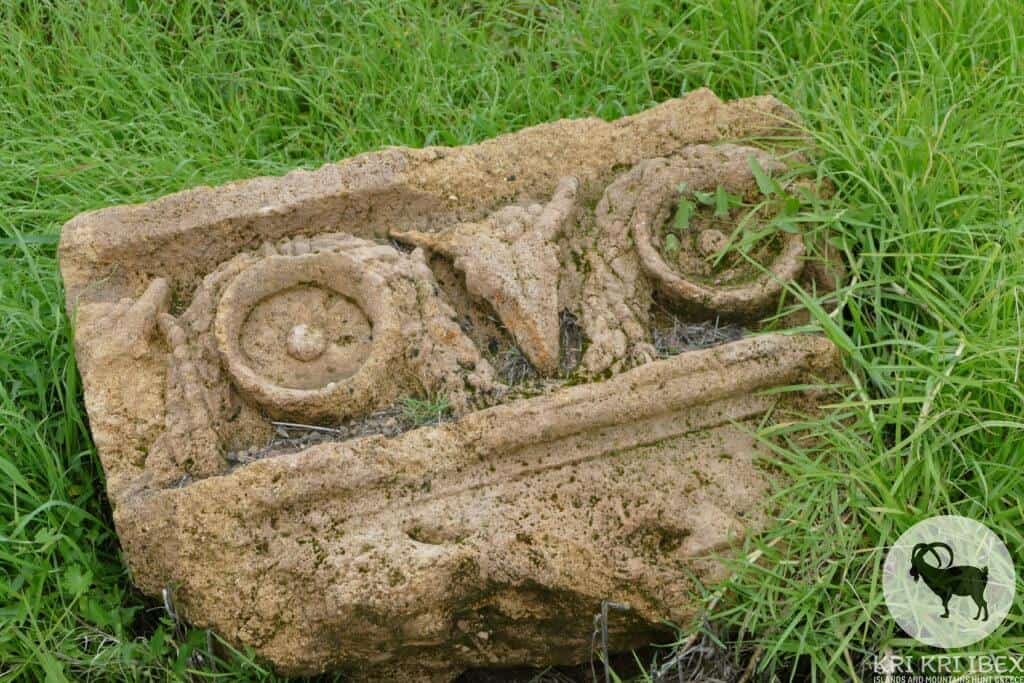
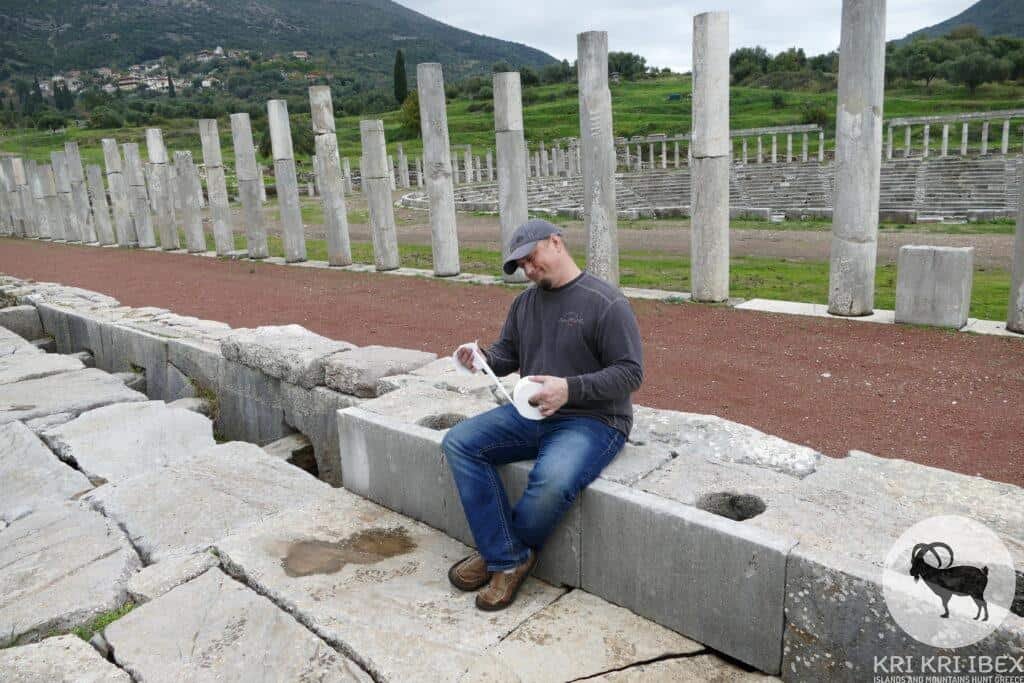
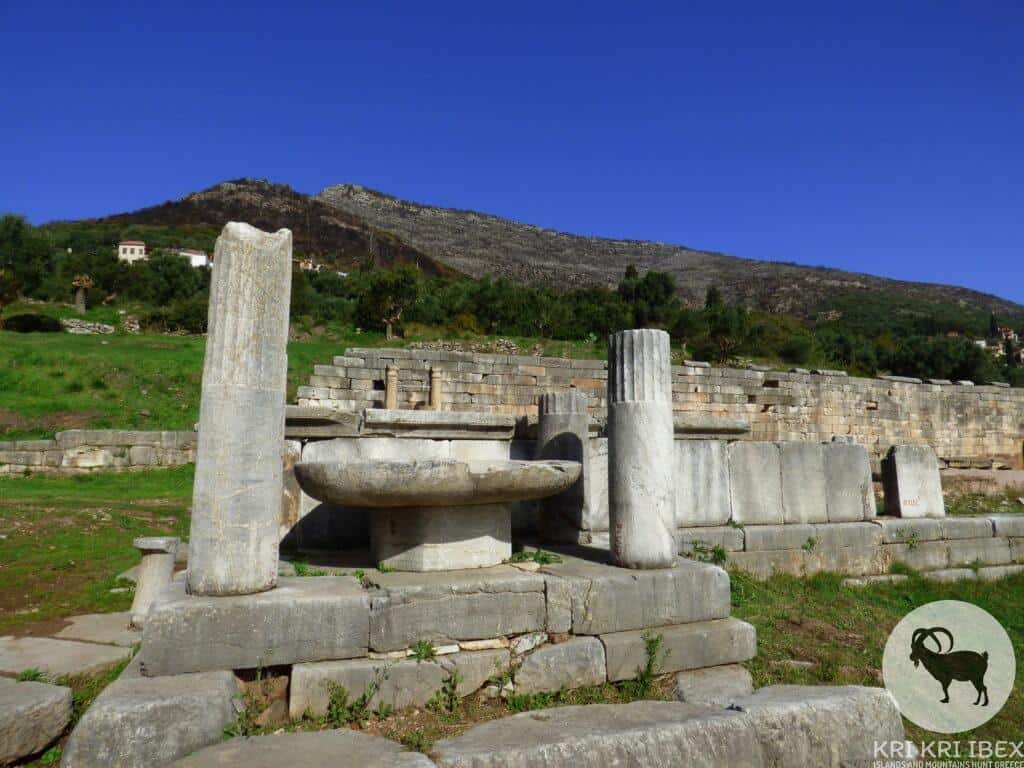
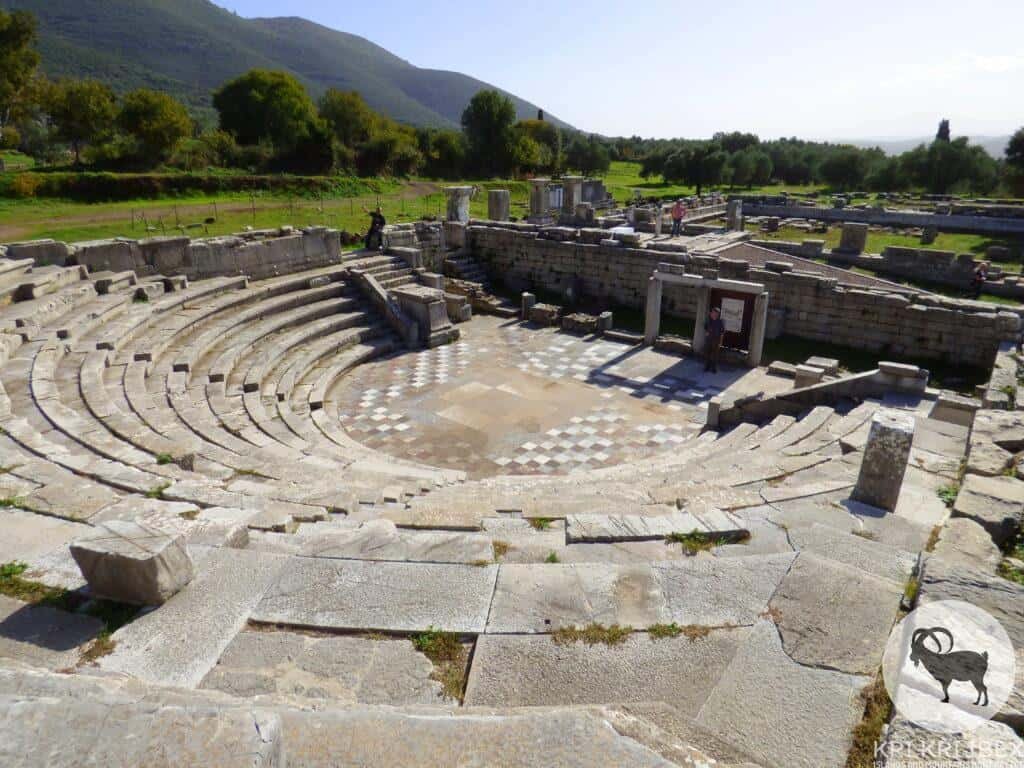
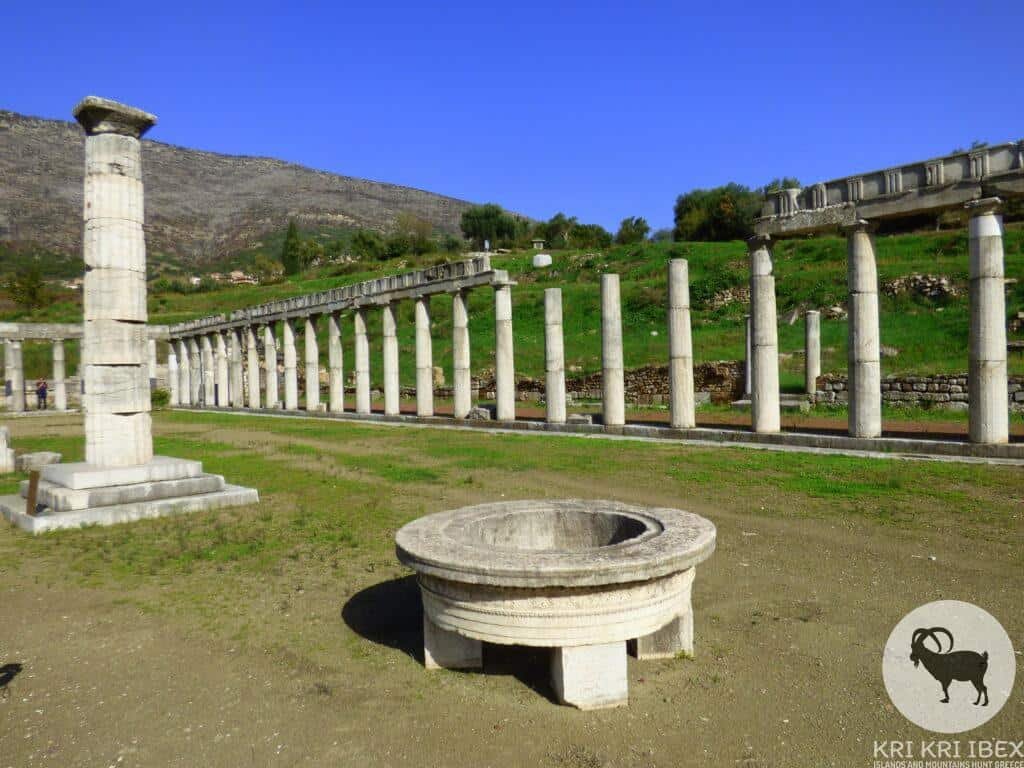
The Dyros Caves comprise 5,000 meters of subterranean waterway. One can traverse by boat or through tight passages about 5,000 metres of tunnels. Because of archaeological research, the caves were used as worship sites in Paleolithic and Neolithic times, and their inhabitants believed that they led to the underworld. The Vlychada cave covers 16,700 square metres, and the principal trail for sightseeing is a 2.5-kilometer winding tunnel. A visit includes a winding, tunnel, and gallery system that runs for about 40 minutes, creating a maze of passages and galleries decorated with stalagmites and stalactites that reflect beneath the water. Stalagmites and stalactites are visible, enhancing the natural beauty of the surroundings.
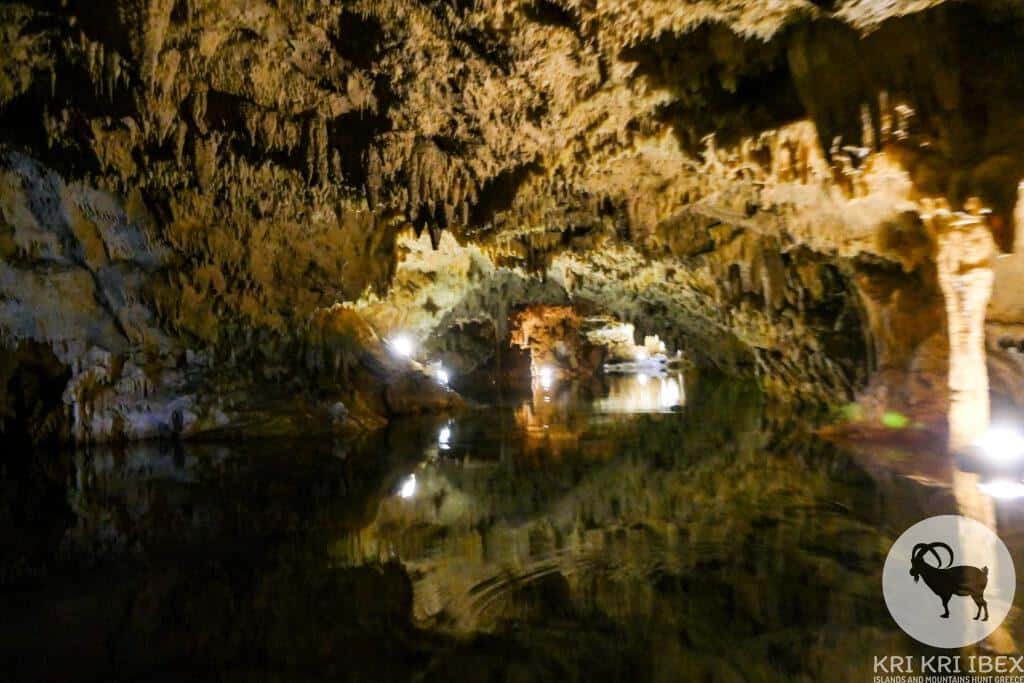
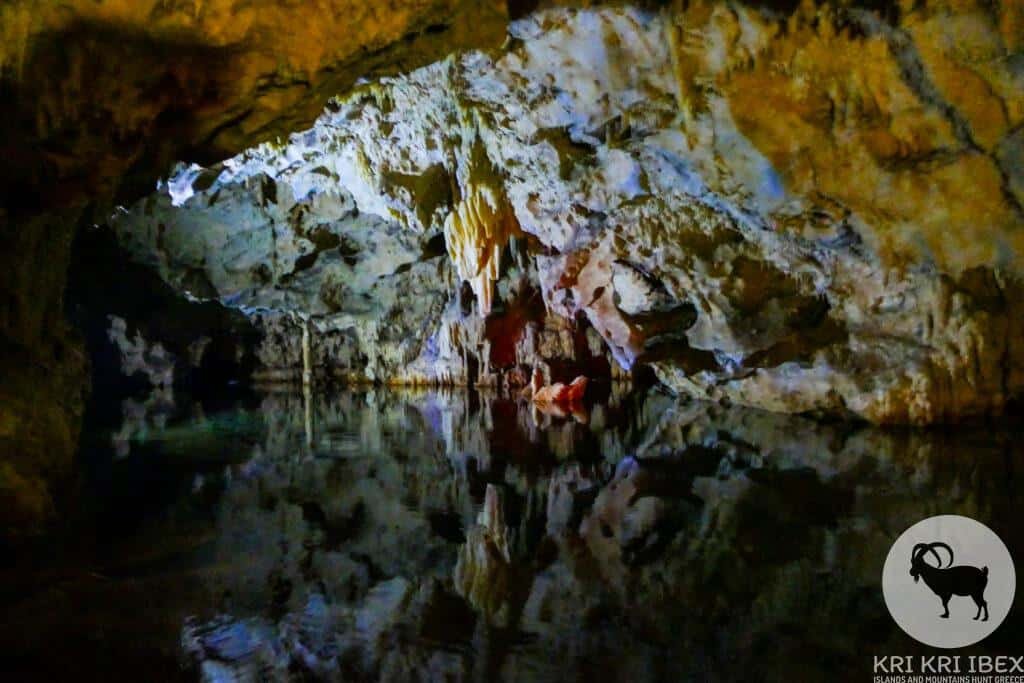
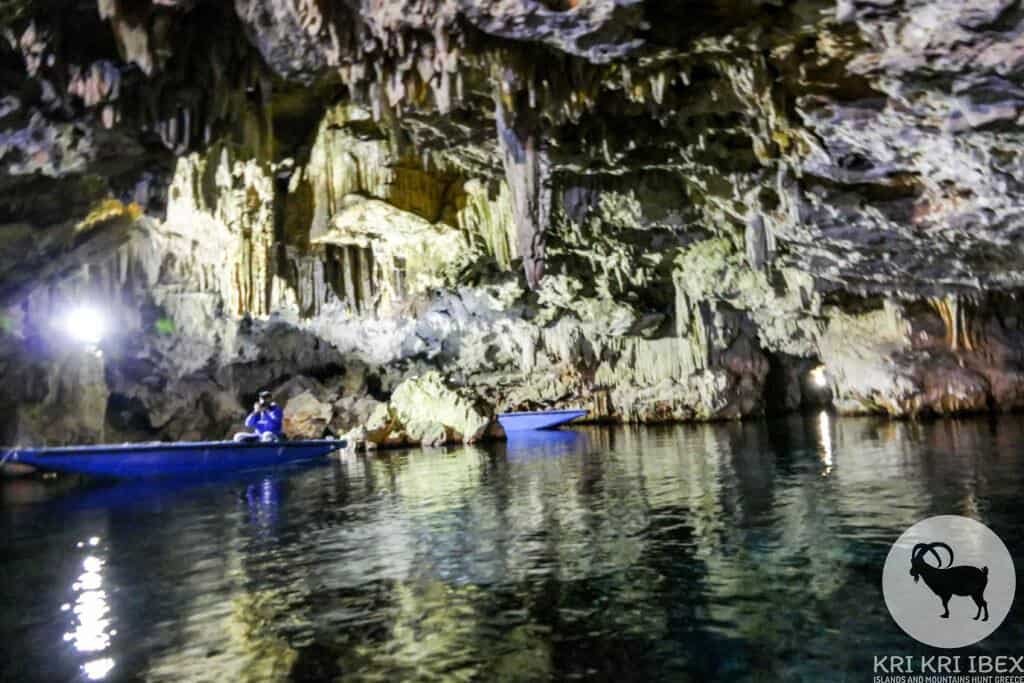
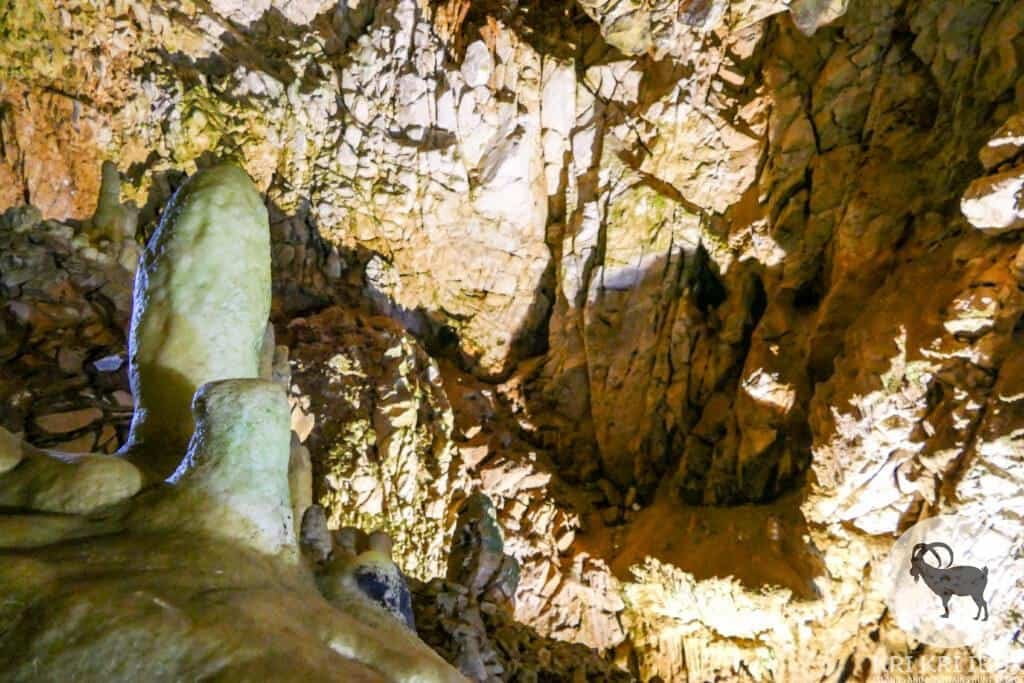
Three species of sea turtles frequent the Mediterranean. The Loggerhead turtle (Caretta caretta) and the Green turtle (Chelonia mydas) nest here, while the Leatherback turtle (Dermochelys coriacea) is an occasional visitor.
Cave diving is underwater diving in water-filled caves.
Monachus monachus, also known as the Mediterranean Monk Seal, is found around the Mediterranean Sea region and the Northwest African Coast.
I love octopuses in the Mediterranean. They are intelligent, widespread, and interesting with their remarkable camouflage skills.
Or just sunken treasure.
Subscribe to our newsletter with stories from our latest adventures and the travel tips or ask for quota.
| Cookie | Duration | Description |
|---|---|---|
| cookielawinfo-checkbox-analytics | 11 months | This cookie is set by GDPR Cookie Consent plugin. The cookie is used to store the user consent for the cookies in the category "Analytics". |
| cookielawinfo-checkbox-functional | 11 months | The cookie is set by GDPR cookie consent to record the user consent for the cookies in the category "Functional". |
| cookielawinfo-checkbox-necessary | 11 months | This cookie is set by GDPR Cookie Consent plugin. The cookies is used to store the user consent for the cookies in the category "Necessary". |
| cookielawinfo-checkbox-others | 11 months | This cookie is set by GDPR Cookie Consent plugin. The cookie is used to store the user consent for the cookies in the category "Other. |
| cookielawinfo-checkbox-performance | 11 months | This cookie is set by GDPR Cookie Consent plugin. The cookie is used to store the user consent for the cookies in the category "Performance". |
| viewed_cookie_policy | 11 months | The cookie is set by the GDPR Cookie Consent plugin and is used to store whether or not user has consented to the use of cookies. It does not store any personal data. |